Last updated on February 28, 2024
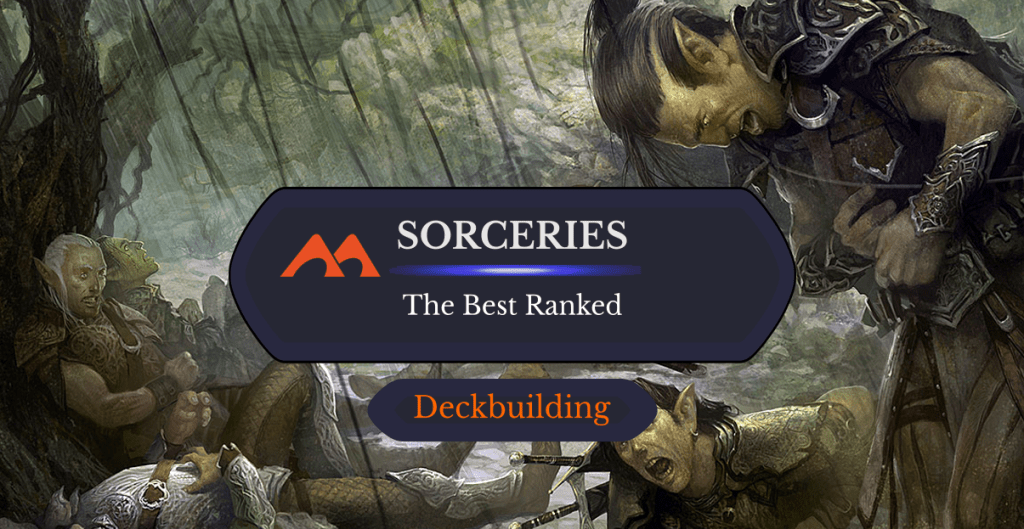
Toxic Deluge | Illustration by Svetlin Velinov
A ranking of a fundamental part of Magic? What kind of sorcery is this? Sorceries have been in the game since day one, and are foundational to Magic. The entire game revolves around sorcery- versus instant-speed interactions, which all stems from the name of one of MTG’s six original card types.
As of Wilds of Eldraine, we’re seven cards short of a monumental 3,000 sorceries in Magic. This includes MDFCs, adventures, and Alchemy cards. Narrowing down a list of that size is going to take some work, but do it I shall.
Make sure it’s your main phase and the stack is empty, because it’s time to talk sorceries.
What Are Sorceries in MTG?
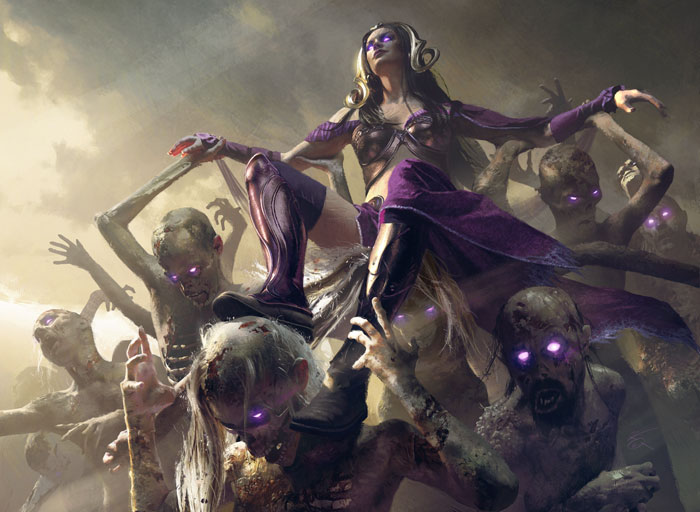
Rise of the Dark Realms | Illustration by Michael Komarck
Sorcery is one of the primary card types in Magic. It appears in the type line and refers to a spell that goes to the graveyard after resolution. Flavor-wise, they’re supposed to be the actual spells cast by planeswalkers, though some suspension of belief is required.
Sorceries are notable for their timing restrictions. As with most permanent types, sorceries can only be cast during your main phases, and only if the stack is empty. You’ll notice the text “activate as a sorcery” on many activated abilities, like the one on Birthing Pod. This doesn’t make the card a sorcery, but rather notes a timing restriction on when the ability can be activated.
Since there are so many powerful sorceries in Magic, I had to cook up some criteria for this list. I came up with some buckets, with each card on the list falling into one of them:
- Best-in-class: The sorcery is the best version of the effect available.
- Close follow-up: The sorcery is still worth playing in addition to the best.
- Immediate wincon: The sorcery is capable of winning the game immediately.
- Format All-Star: The sorcery is a defining part of multiple decks or enables powerful strategies.
- Staple: The sorcery is universally playable with virtually no downside.
- Broken: The sorcery is inherently overpowered, either intentionally or accidently.
Normally I’d focus on Commander, but it didn’t feel fair to use Commander as the baseline since many of the best sorceries in Magic aren’t legal in Commander. This is more of a universal approach to sorceries across all formats. I tried to account for how they function in present-day Magic, so historically powerful sorceries that don’t see much play anymore didn’t make the list.
#66. Steelshaper’s Gift
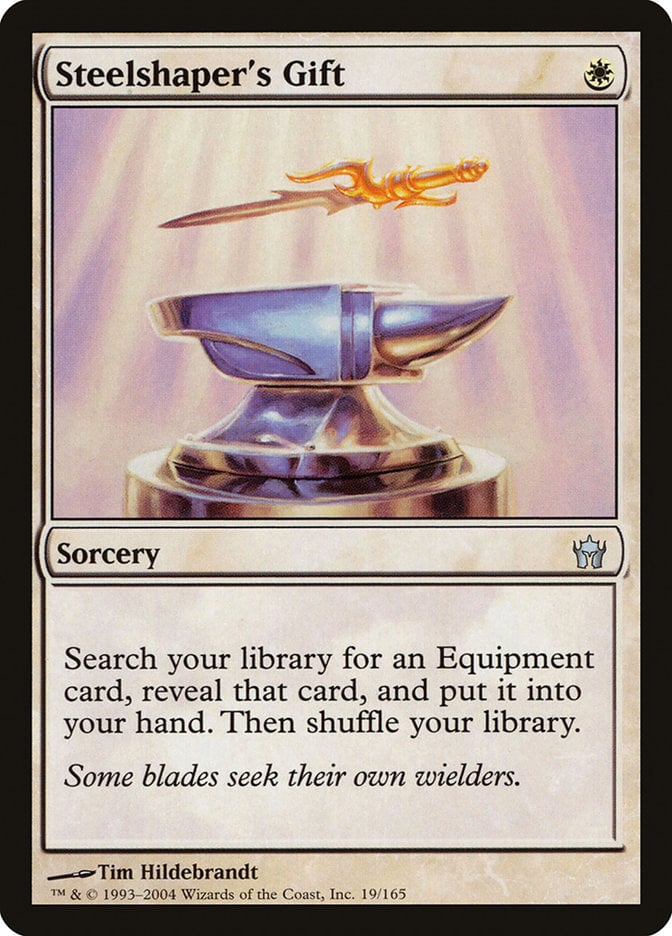
Tutors are always going to take up “best-of” slots, even hyper-specific ones like Steelshaper's Gift. It’s narrow, but the consistency it adds to the decks it fits into can’t be overstated.
#65. Coalition Victory + Biorhythm
Coalition Victory and Biorhythm often come up in conversations about possible Commander unbans. They’re a bit silly as far as auto-win sorceries go, and both take enough set-up to keep them low on the list. Surprisingly, Coalition Victory is not banned in Oathbreaker, but I doubt it’s really wreaking havoc there.
#64. Rise of the Eldrazi
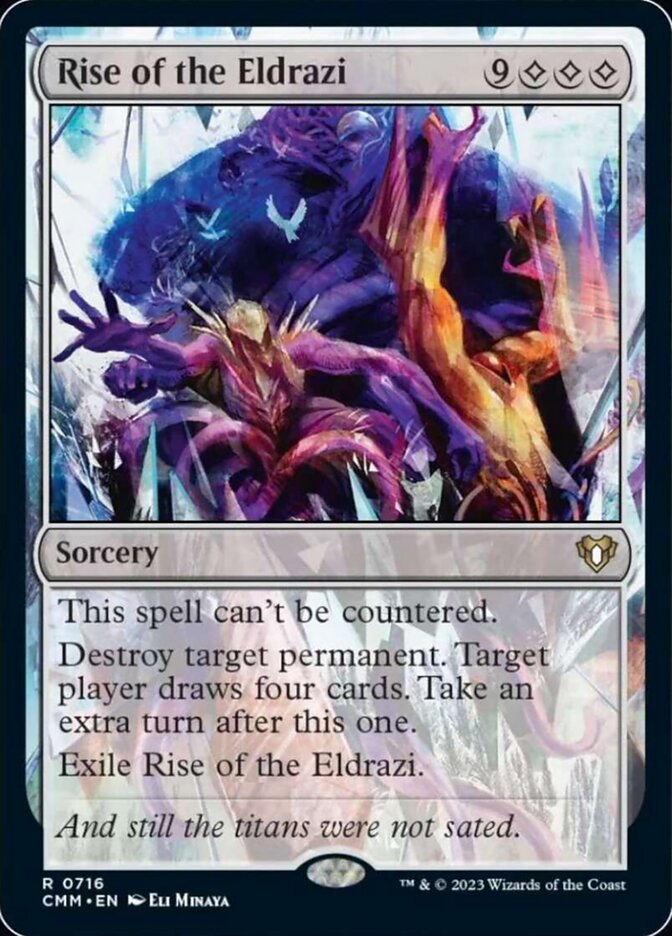
Rise of the Eldrazi—the card, not the set—is too new for me to comfortably rank highly, but it’s also clearly powerful enough that I want to do my due diligence by including it. It’s plenty of power packed into one card and begs to be cheated out with other effects. Also, that art. Amazing.
#63. Scrap Mastery
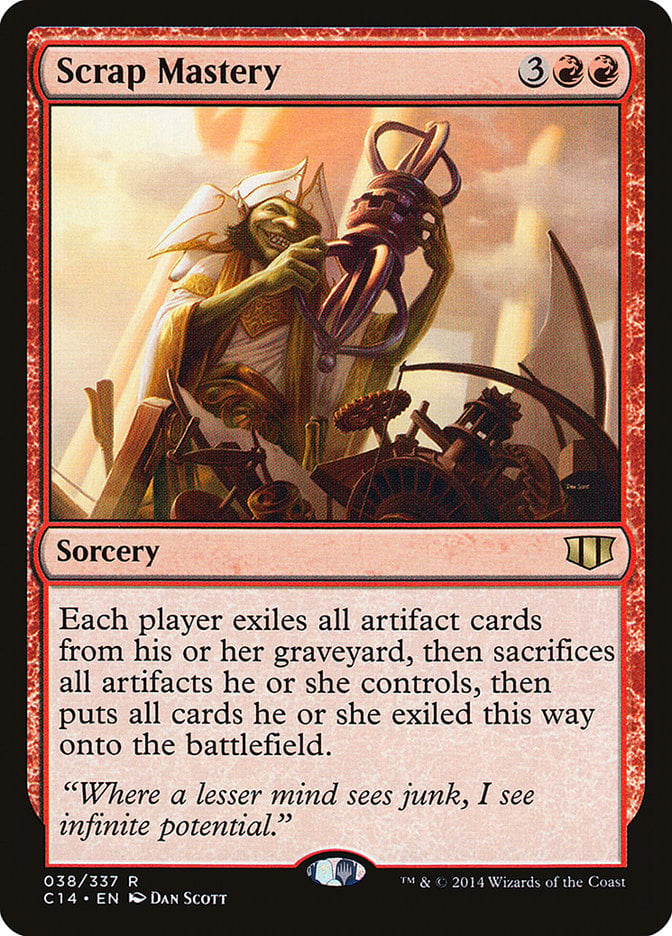
Scrap Mastery’s basically Living Death for artifacts, but Living Death usually benefits everyone since almost everyone runs creatures. Artifacts aren’t as prevalent, so Scrap Mastery ends up being more one-side. And it sweeps artifacts off board too.
#62. Tasha’s Hideous Laughter
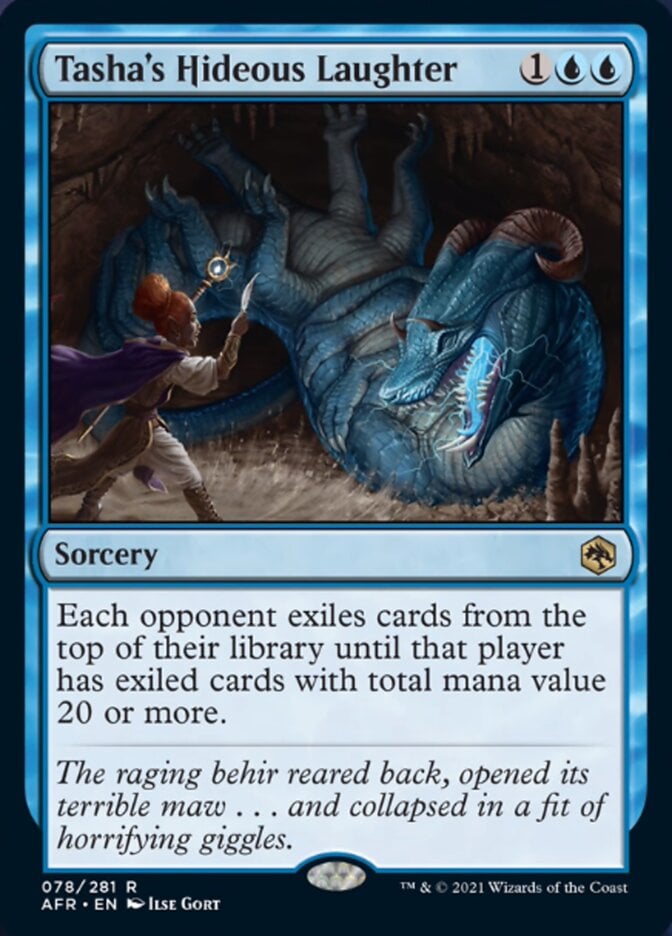
I wanted to represent mill somewhere, and I believe Tasha's Hideous Laughter is top of the heap. I considered Fractured Sanity instead, but Tasha’s absolutely chews through libraries with low curves and exiles everything it hits.
#61. Terminus
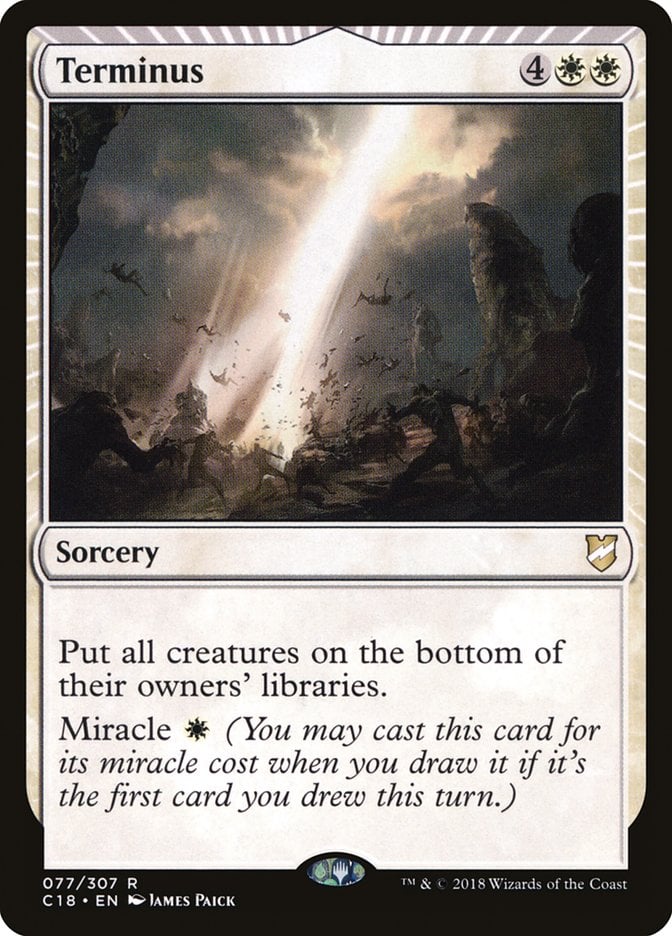
Expect to see a decent number of wraths on this list, given they’re usually sorceries and see play across nearly every format. Terminus is the hallmark “Miracles” sweeper and trumps indestructible, hexproof, etc., which leads me to believe it should see more Commander play than it does.
#60. Mana Geyser
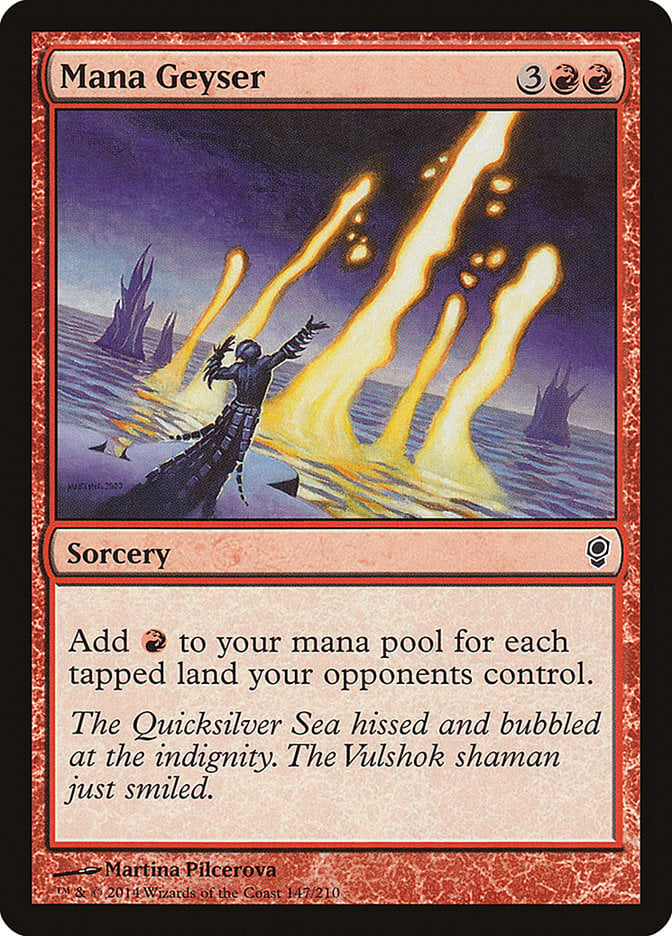
Mana Geyser’s a strict Commander card with a design that predates the popularity of multiplayer Magic. It’s a big-mana combo starter, sometimes generating upwards of 15-20 mana. It’s temporary, but 20 mana is usually enough to find a kill before it goes to waste.
#59. Yawgmoth’s Will
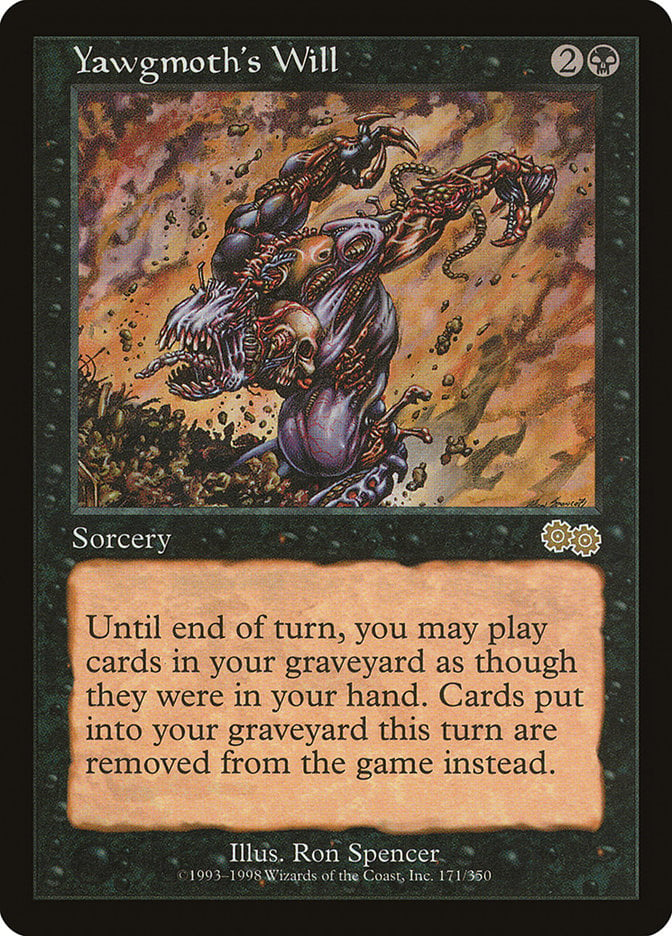
Some decks treat their graveyard like a second hand, quite literally with Yawgmoth's Will. It’s usually a sign of an unfair strategy, though it’s been nearly phased out by Underworld Breach. It’s still powerful despite there being a better option, and it’s sitting on the sidelines if Breach ever gets the banhammer.
#58. Mizzix’s Mastery
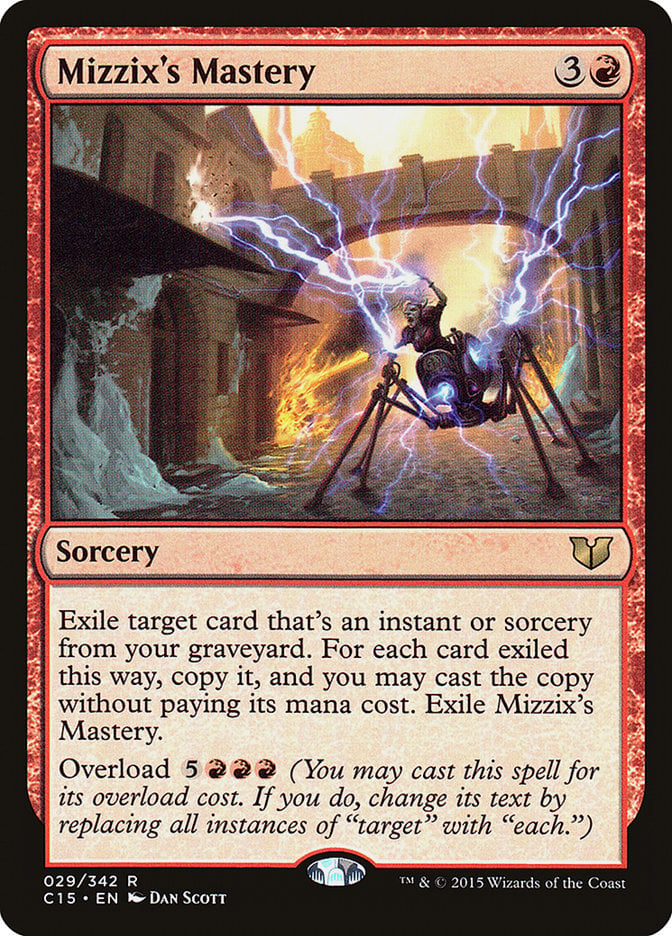
Mizzix's Mastery is a potent spellslinger finisher and a cool use of the overload mechanic. You can cast the “cheap” mode in a pinch or wait until 8 mana to make it a one-sided Rise of the Dark Realms for spells. Speaking of which….
#57. Rise of the Dark Realms
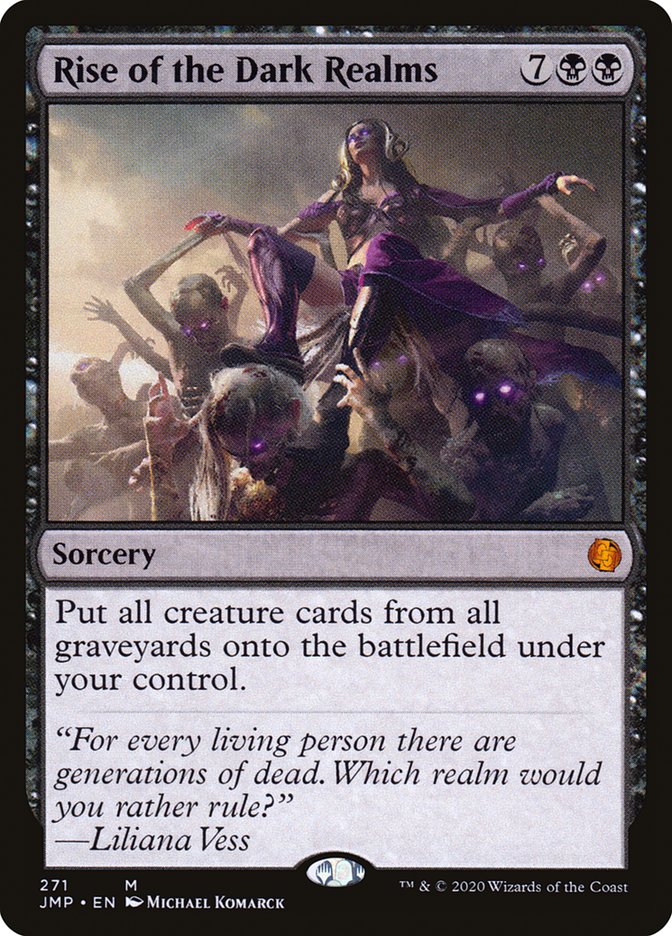
The finisher to end all finishers… in 2014. I credit the fall of Rise of the Dark Realms to the existence of other cheaper mass-reanimation effects. Wake the Dead, Ghouls' Night Out, and Living Death all tread on what Dark Realms does at half the cost. Sure, it’s the cleanest way to get all the creatures, but half the creatures for half the price is almost always preferable.
#56. Replenish

Replenish is a mass enchantment reanimation spell, making it more specific but also less replaceable. It’s a nearly $100 Reserved List card, which is why you probably don’t see it played often.
#55. Abundant Harvest
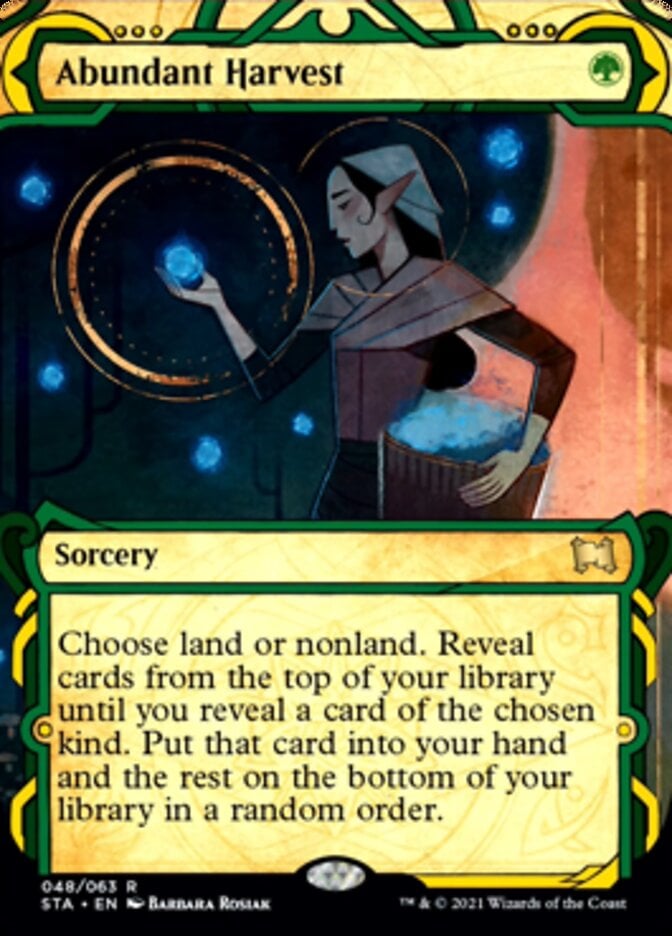
Abundant Harvest is an underrated cantrip that always gives you what you need. It’s also an S-Tier design with its reference to Abundance.
#54. Scapeshift

Scapeshift is a one-card combo, fetching Valakut, the Molten Pinnacle and a bunch of Mountains to one-shot players in Constructed formats. It’s fallen off in recent years but still hangs around in landfall decks at Commander tables.
#53. Fractured Identity
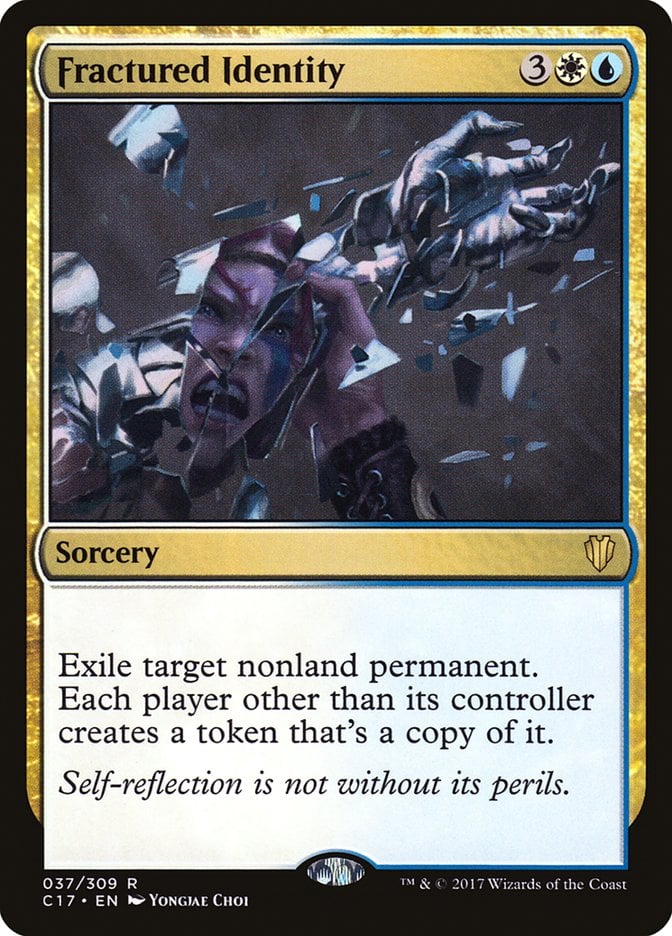
In a 1v1 environment, Fractured Identity essentially steals a creature and gives you the relevant ETB effects. It’s more political in Commander, where it’s excellent at turning a game around on the lead player. It’s also a goofy combo card with detrimental permanents like Leveler. You get a Leveler, and you get a Leveler, and you….
#52. Chain Lightning
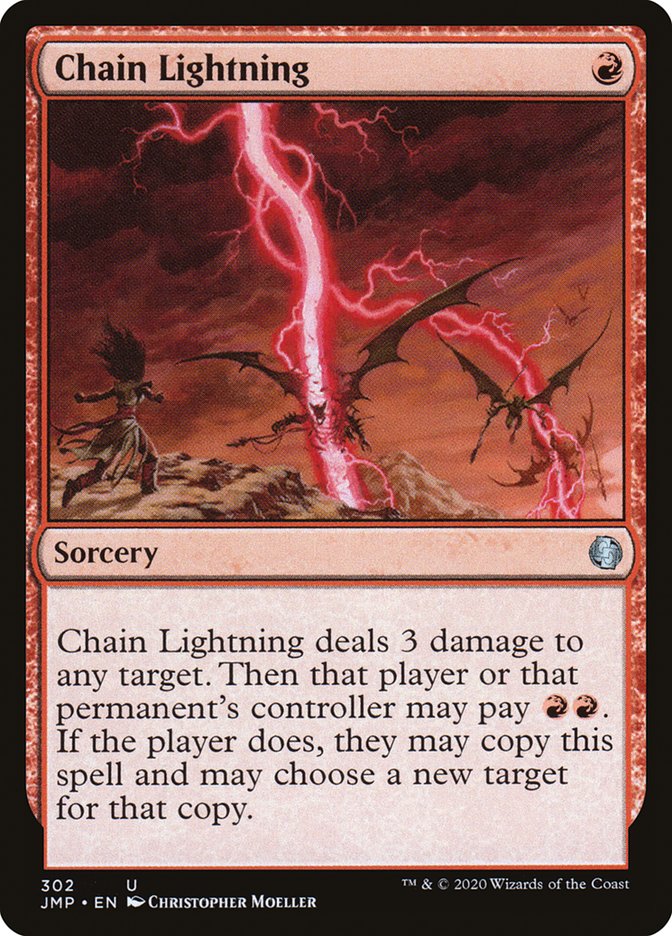
It felt right to give a nod to the best sorcery-speed Lightning Bolt follow-up here. Chain Lightning technically has a downside, but it matters so rarely that this just ends up being Bolts #5-8 in decks that want critical mass of burn.
#51. Dread Return

Dread Return is an exceptionally fair reanimation spell… until it isn’t. It mostly finds its way into degenerate decks that are capable of milling themselves out, after which Dread Return puts their key creatures into play. Its recent rarity downshift in Commander Masters added that degeneracy to the Pauper card pool for the first time.
#50. Primal Surge

In a deck with nothing but permanents, Primal Surge picks up your library and puts it on the battlefield. I find it more exciting in decks with a few bricks floating around since it creates tension and leads to hilarious moments where the first card revealed ends the chain immediately.
#49. All Is Dust

Colorless decks by their very nature have fewer disruptive tools to work with. Most colorless sweepers are symmetrical effects like Perilous Vault or Oblivion Stone. All Is Dust is an ideal fit, and these decks tend to have the mana acceleration needed to justify a 7-mana wrath. It’s rigid, but it’s a staple of nearly every colorless deck.
#48. Genesis Wave
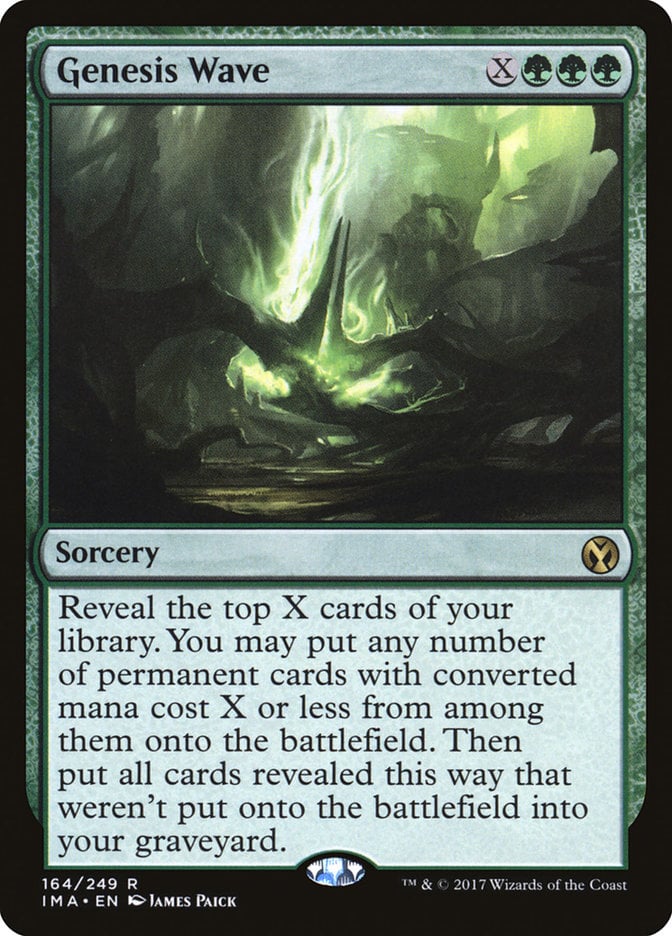
Genesis Wave is still a fine way to spend a ton of mana, but its age is showing in a world where decks are faster, leaner, and more disruptive than ever. There are still enough heavy ramp decks and X-spells matter decks around to keep it relevant.
#47. Approach of the Second Sun
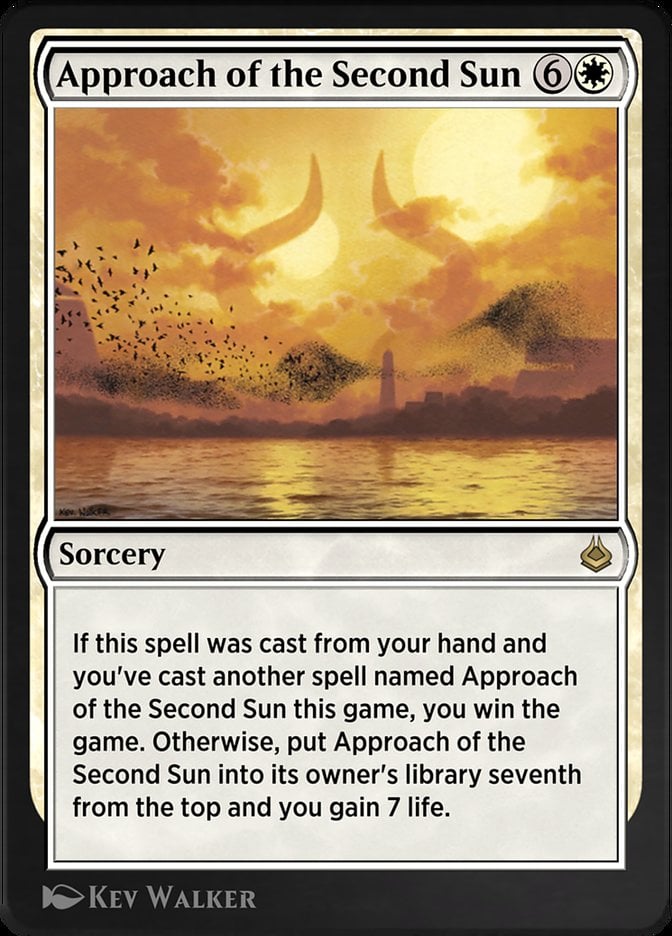
As an alternate wincon, Approach of the Second Sun doesn’t ask you to jump through any ridiculous hoops (see: Hedron Alignment). It just asks for time and mana. It’s cheesy, but the best things in life usually have some amount of cheese involved (see: pizza).
#46. Grapeshot + Tendrils of Agony
Grapeshot and Tendrils of Agony are the most definitive storm = win cards. They convert arbitrary storm counts into damage, which usually wins more reliably than something like Brain Freeze or Ignite Memories.
#45. Inquisition of Kozilek
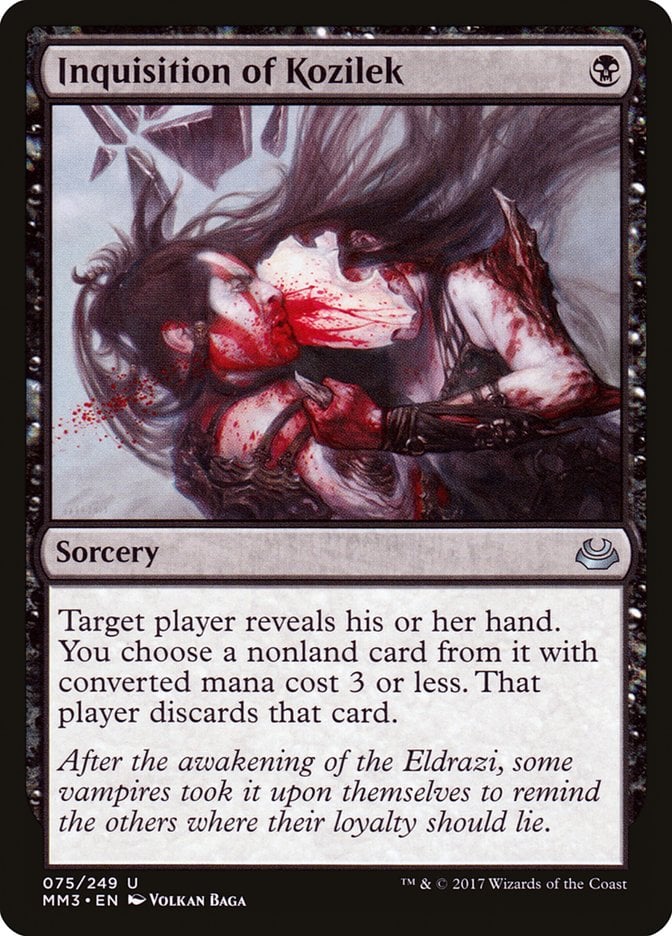
Inquisition of Kozilek is a great “backup” discard spell. It has limitations but lines up well with how most Constructed decks are designed. It’s unfortunately relegated to formats where Thoughtseize also exists, but there are times when Inquisition is the preferred piece of hand disruption.
#44. Prismatic Ending

1-for-1 sorcery-speed removal can only reach so high, but Prismatic Ending has proven itself a key role-player in multicolor Constructed decks. The design is fun and imminently fair, and it only becomes better when we eventually get that rumored purple mana in Magic.
#43. Council’s Judgment
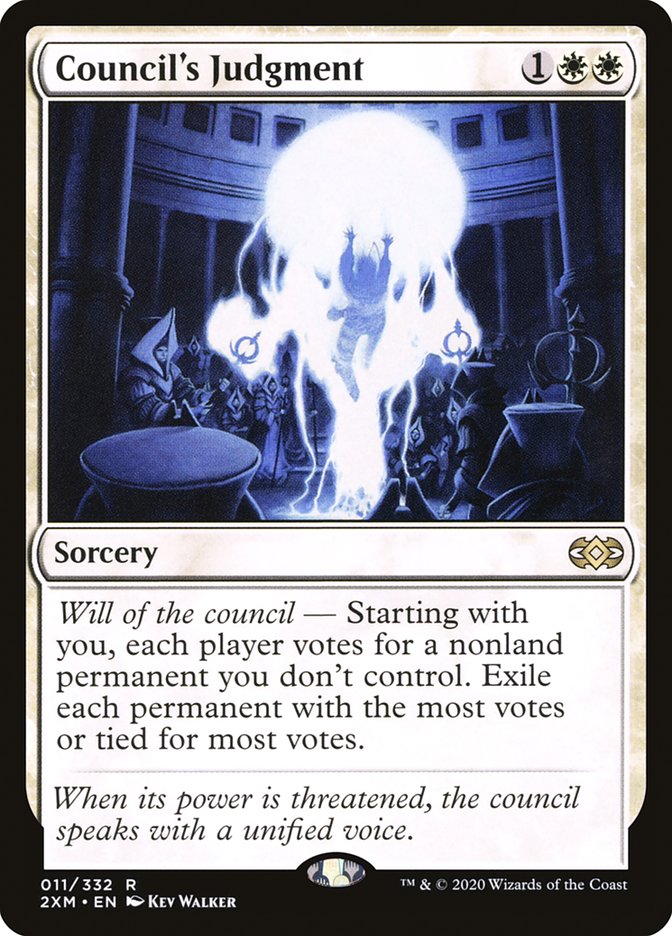
Council's Judgment has an interesting political bent in Commander, but it really shines in Eternal and Cube formats where it provides an out to annoying creatures with protection, hexproof, etc. It decisively answered True-Name Nemesis during its heyday, and it’s a popular staple in high-powered cubes.
#42. Vandalblast
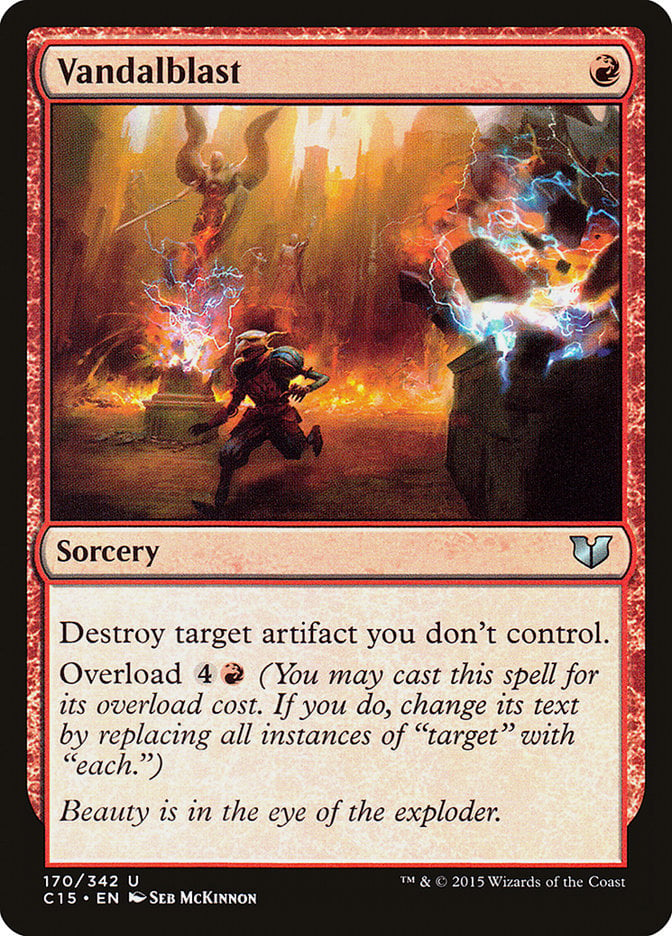
Vandalblast demonstrates how a card or mechanic can take on an entirely new role when ported over to multiplayer. Overload was created at a time when R&D wasn’t necessarily focused on Commander, allowing Vandalblast to sneak in as the best mass Shatter spell in the format.
#41. The Rampant Growths
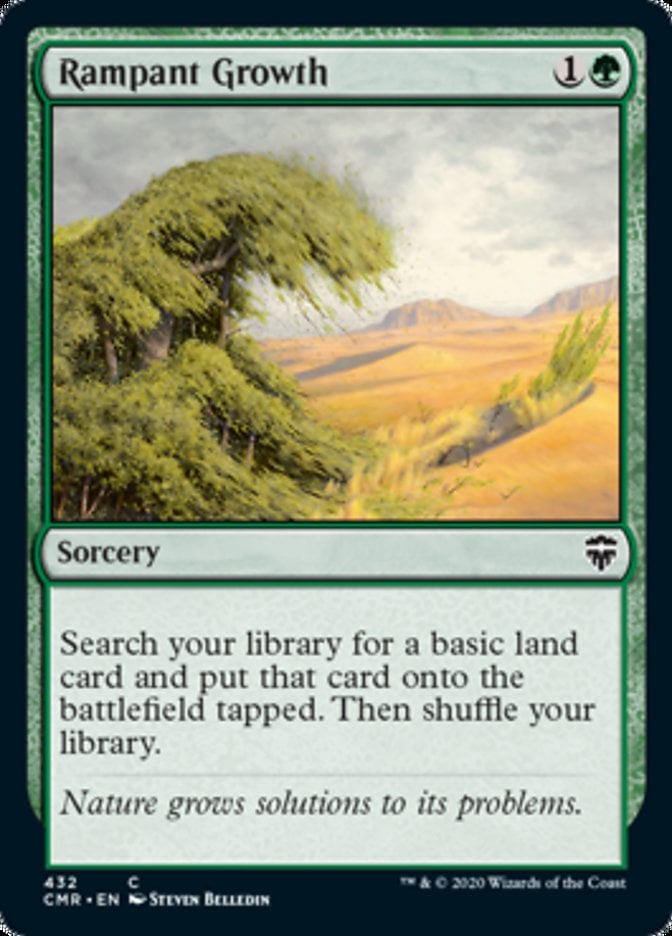
This slot collectively includes Rampant Growth, Into the North, Three Visits, Nature's Lore, Farseek, etc. There’s infinite redundancy across this type of design, giving green decks that want 2-mana ramp an abundance of options to choose from.
#40. Imperial Seal
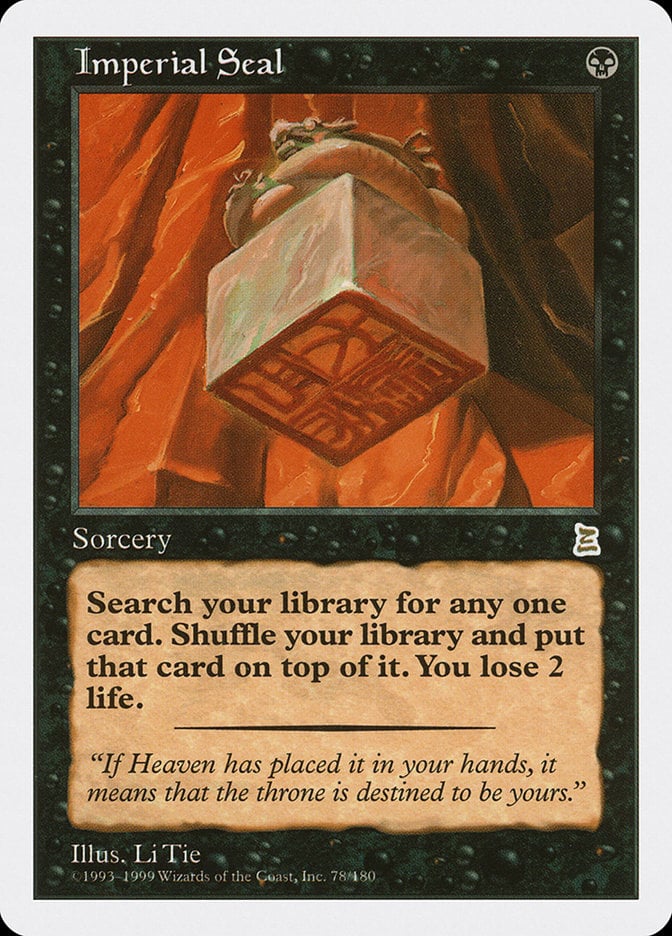
Until recently, Imperial Seal was significantly more expensive and harder to get than Demonic Tutor and Vampiric Tutor despite being worse than both. It still earns a place on this list as the third best card in the lineup of broken black tutors.
#39. Duress

Duress has been ruining control players’ lives since 1998 and has since been printed in 12 additional Standard-rotation sets. It’s a great Constructed safety-valve to ensure there’s always an answer to the most problematic non-creature spells in any given format.
#38. Armageddon

Armageddon has its dedicated fans. Just ask Def Leppard. It also has a much more vocal majority of haters who consider mass land destruction a scourge on Magic. Look, mana denial was tantamount to early Magic, and you’re still welcome to “geddon” people out of Vintage Cube to your heart’s content. Yes, Ravages of War. I see you too.
#37. Green Sun’s Zenith
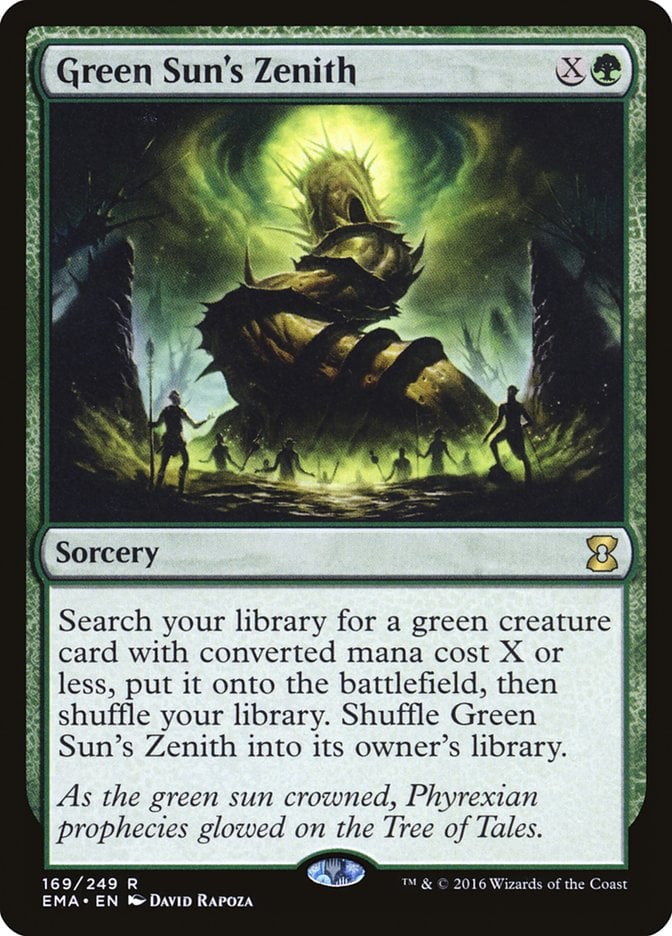
Green Sun's Zenith, or as I like to call it, Dryad Arbor in a trench coat, is a versatile creature tutor that scales with the game at every point on the curve. It’s been sitting on the Modern ban list for an eternity, while cards like Finale of Devastation and Invasion of Ikoria get dubbed “the new Green Sun’s” as a testament to its power.
#36. Lórien Revealed
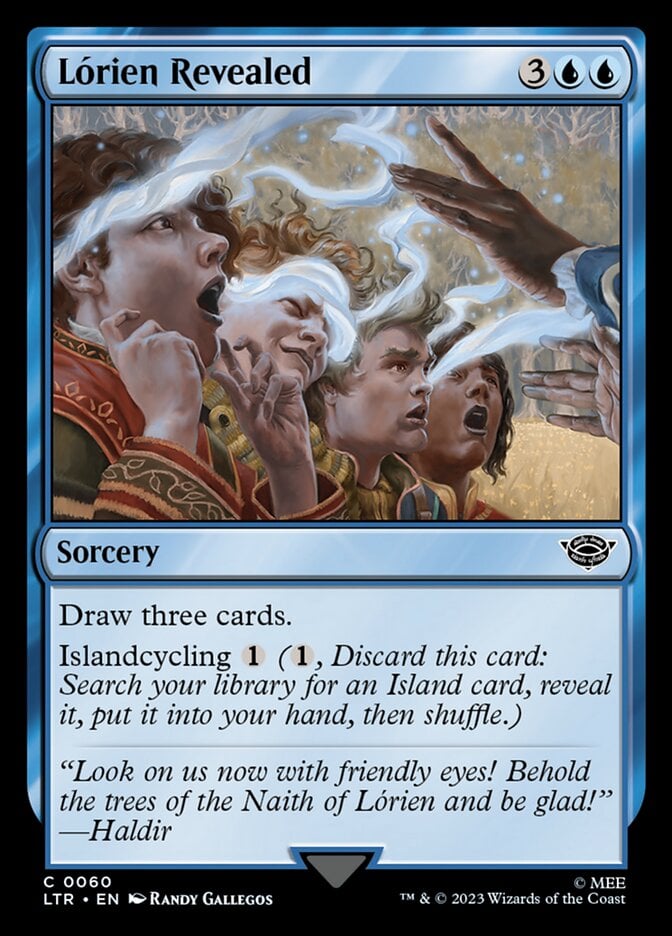
I’m speculatively adding Lórien Revealed due to just how prevalent it’s been so soon after its release. It’s functionally an Island that fixes mana, and it fills up the graveyard, pitches to Force of Will, and is obviously castable as a 5-mana draw-three. It has a surprising number of niche interactions for a card that’s replacing a basic land in most decks.
#35. Hymn to Tourach

Three mana is the going rate for a discard spell that hits two cards. Hymn to Tourach isn’t the only card to break that mold, but it’s the king of the 2-mana hand disruption slot. The randomness always gives you a sense of hope, yet always seems to hit the most important cards in your hand. Every time.
#34. Sunfall
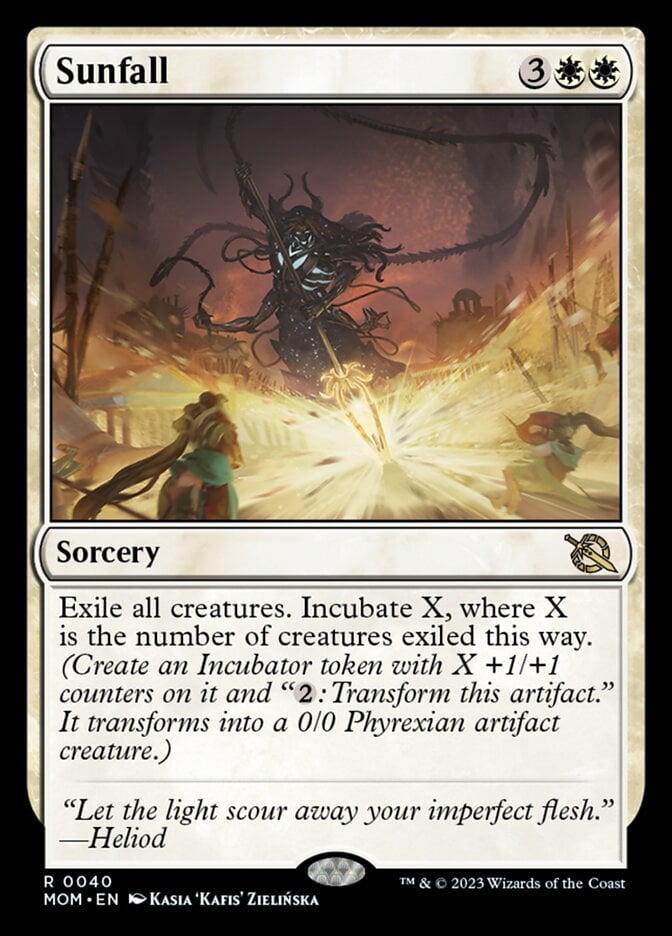
Hopefully the release of Sunfall in March of the Machine isn’t a sign of what to expect from white wraths moving forwards. Between this and Farewell, it’s questionable whether abilities like indestructible and hexproof still matter as much. That’s why I’m not including the OG Wrath of God here; it’s just not effective compared to other incredible catch-all sweepers.
#33. Doomsday

Look, these sorceries are so powerful and slot into different formats in ways that make it hard to get an exact order down, so take my positioning with a grain of salt. You can’t really throw Doomsday into just any deck and expect it to work, but you can build entire decks around it and win with a strategically stacked “Doomsday pile.”
#32. Expressive Iteration

2-mana draw-2 with selection. Expressive Iteration’s a groan test card, one that you least want to see on the opposite side of an attrition-based battle. It earned itself a spot on the Legacy and Pioneer/Explorer ban list, though it’s still kicking in Modern.
#31. Toxic Deluge

Toxic Deluge is holding strong as black’s best sweeper, and the alternatives aren’t close. Yes that includes Damnation. Deluge’s success is a product of mana efficiency and being designed for a format with more expendable life than usual. Turns out it translates into 20-life formats just as well.
#30. Blasphemous Act
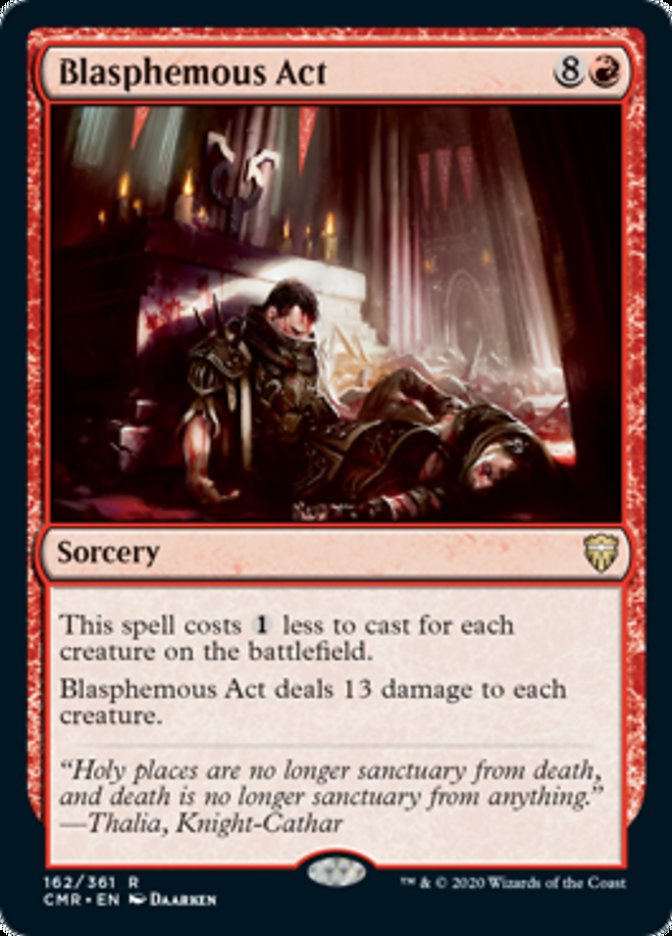
Blasphemous Act is an EDH staple. Always has been, and it will continue to be until a red sweeper dethrones it. Many have tried, but Act remains the best red sweeper and one of the overall best wraths in the entire format.
#29. Gitaxian Probe
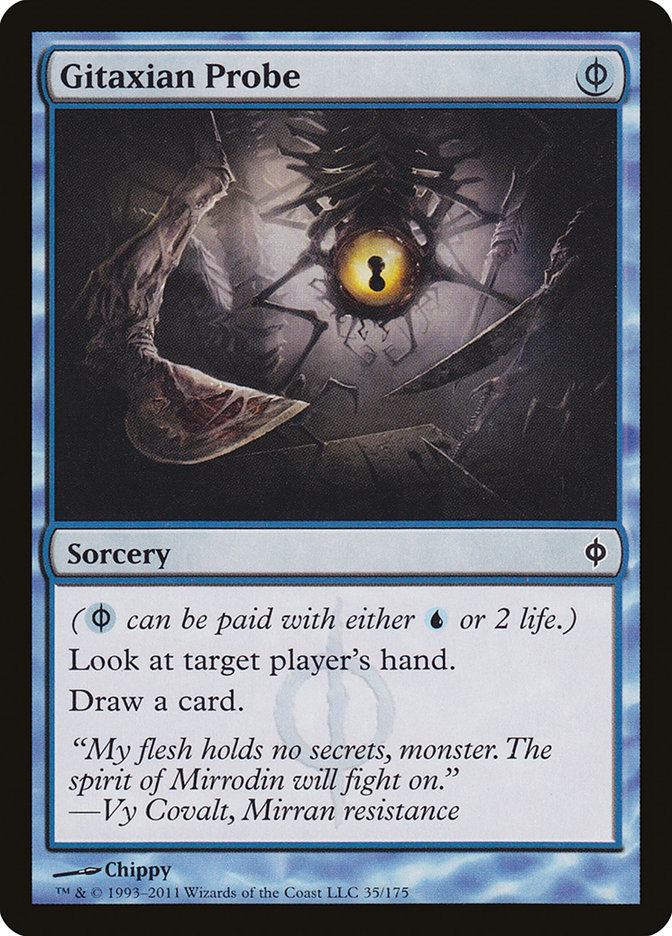
Gitaxian Probe is undeniable proof that Phyrexian mana was a mistake. It diminishes the importance of the color pie and takes away a lot of guesswork needed during gameplay. You’d happily pay 2 life for perfect information about how your opponent’s able to interact with you. It creates a lack of tension at a negligible opportunity cost.
#28. Torment of Hailfire
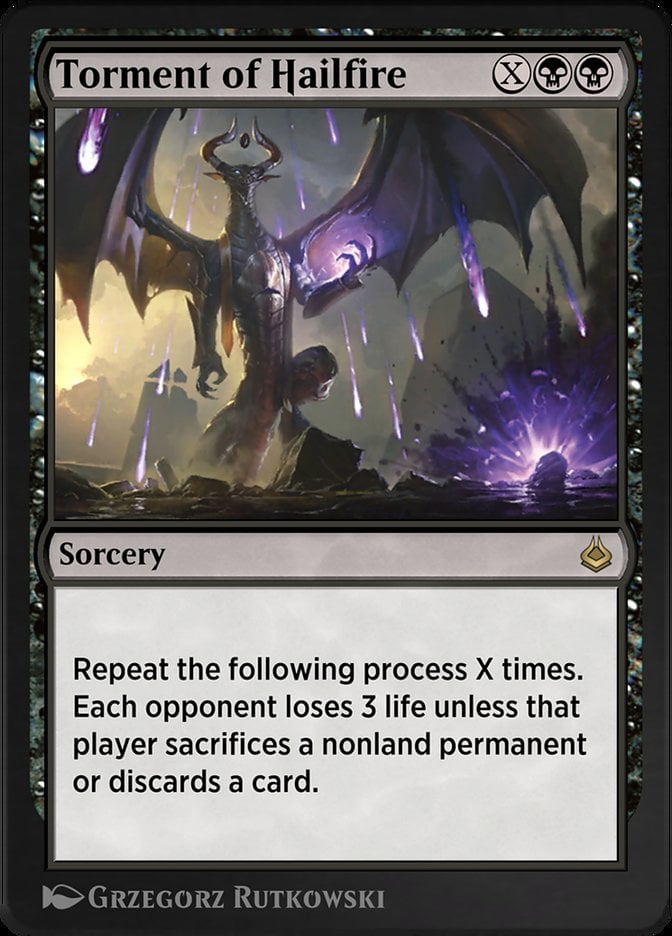
Torment of Hailfire is one of black’s go-to finishers in Commander. It’s frustrating for two reasons: It’s generically powerful and therefore comes up way too frequently, and it makes you do math, which is just unacceptable.
#27. Eureka + Hypergenesis
Eureka and the suspend version Hypergenesis dump entire hands of haymakers into play all at once, but they extend that same opportunity to your opponents. Hypergenesis is banned in Modern but sees no play in the formats it’s legal in, and Eureka is legal in Commander, but being a $500+ Reserved List card means no one actually has one.
#26. Show and Tell
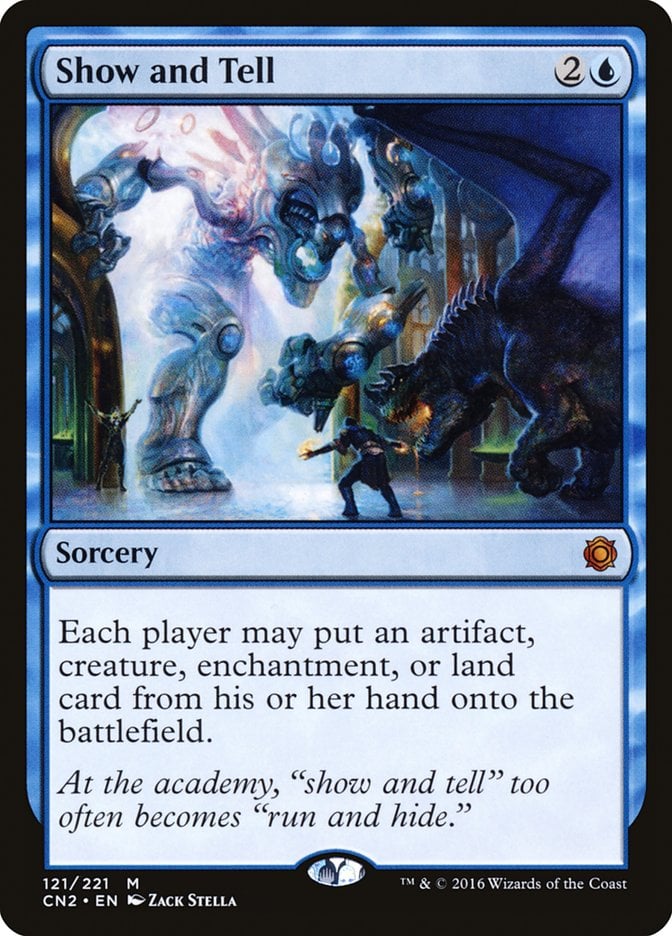
Show and Tell is less chaotic than Eureka, condensing the effect down to a single cycle around the table. That’s enough to make it the namesake card for decks looking to cheat big wincons into play, whether they be Omniscience, Griselbrand, or a land from an awful hand. Who said blue can’t ramp?
#25. Faithless Looting
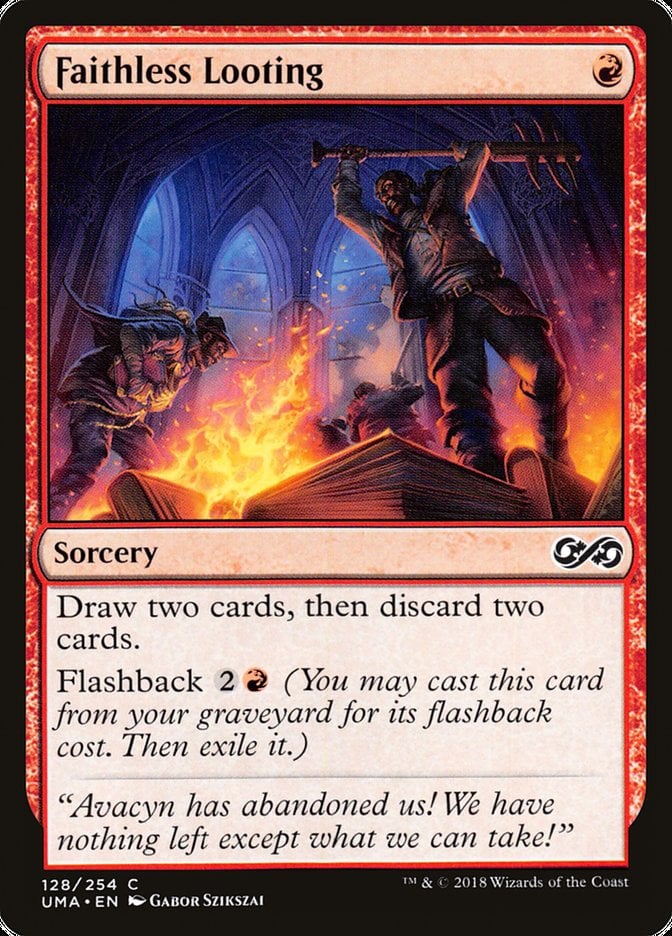
Faithless Looting looks like an innocuous hand-shaping tool, but the real strength is how easily it sets up graveyard plays. Turn-1 looting puts anything you need in the graveyard while digging towards your payoffs. It’s not amazing without any synergies, but the synergies that do exist are the exact reason it landed on the Modern ban list.
#24. Ponder
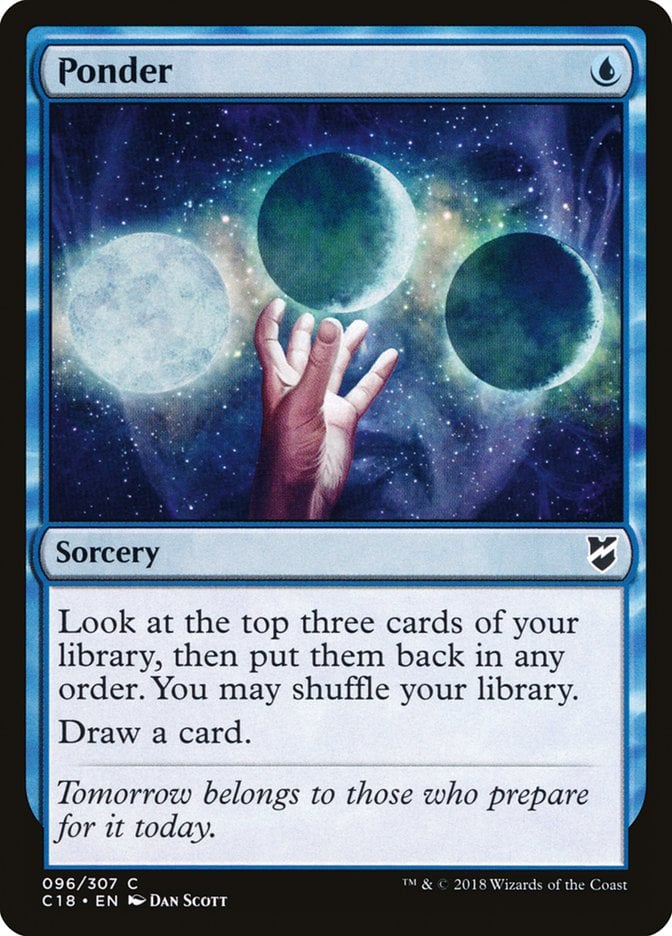
Ponder takes the cake for blue sorcery-speed cantrips, with Preordain as a close second. It lets you look at up to four cards when you’re digging and has almost no opportunity cost to slot into a deck. It’s a bread-and-butter card that separates the merely powerful sorceries from the top-tier ones.
#23. Tooth and Nail

Tooth and Nail effortlessly cheats two combo creatures into play at once, making it something of a 1-card combo when entwined. Unlike Primal Surge, you don’t have to sculpt your deck in any particular way to make it work.
#22. Treasure Cruise
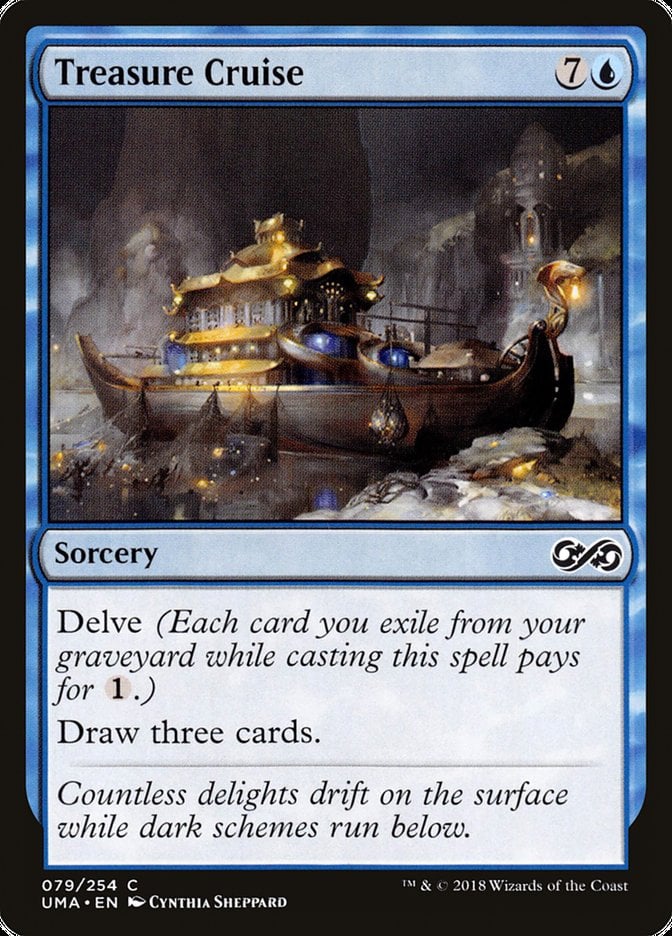
Treasure Cruise and Dig Through Time collectively taught players (and Magic designers) the dangers of cost-reduction mechanics. Delve was immediately problematic, earning bans across various formats. Pioneer and Commander are the last frontiers where you can play these with no restriction.
#21. Time Warp
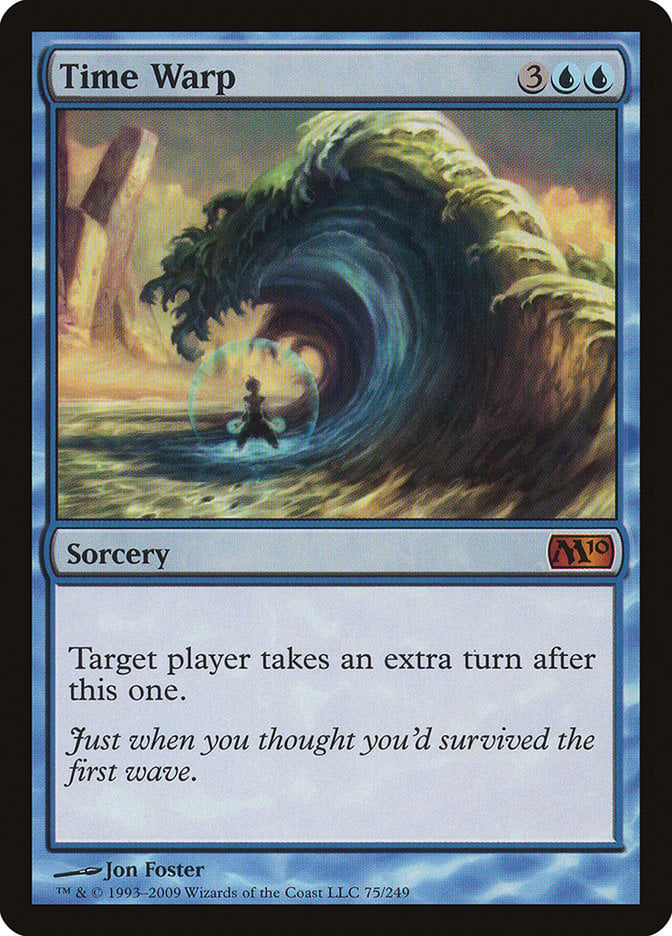
Time Walk is to Time Warp what a quarter is to a dime. That is, it’s 2.5x better. But you know what? Dimes are still pretty good. Time Warp is a classic “fixed but oops actually still broken” card with its own set of problems—namely, the fact that it doesn’t exile itself. There’s also Capture of Jingzhou and Temporal Manipulation as backups that don’t target.
#20. Farewell

So long, Farewell, auf Weidersehen, good night. The hills truly are alive with the sound of Magic players groaning as their entire board and graveyard get exiled. Farewell is the second-best board wipe in Commander behind Cyclonic Rift, and it’s one of the neo-boogeymen of the format. Nuking the graveyards takes away a lot of decks’ post-sweeper comeback potential.
#19. Mind’s Desire
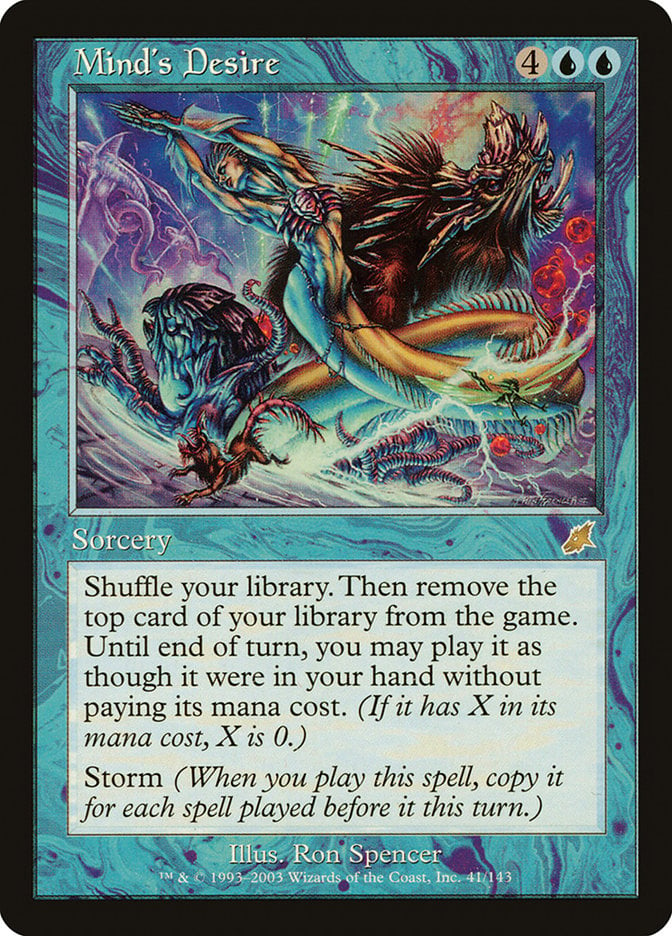
Mind's Desire, the fastest ever banned card, only recently came off the Legacy ban list. Within a day’s time Pro Tour Champion Reid Duke showcased the power of the card by going 5-0 in a recorded MTGO Legacy League playing a Mind's Desire deck. When Reid Duke tells you a card is good, you should probably listen.
#18. Time Spiral
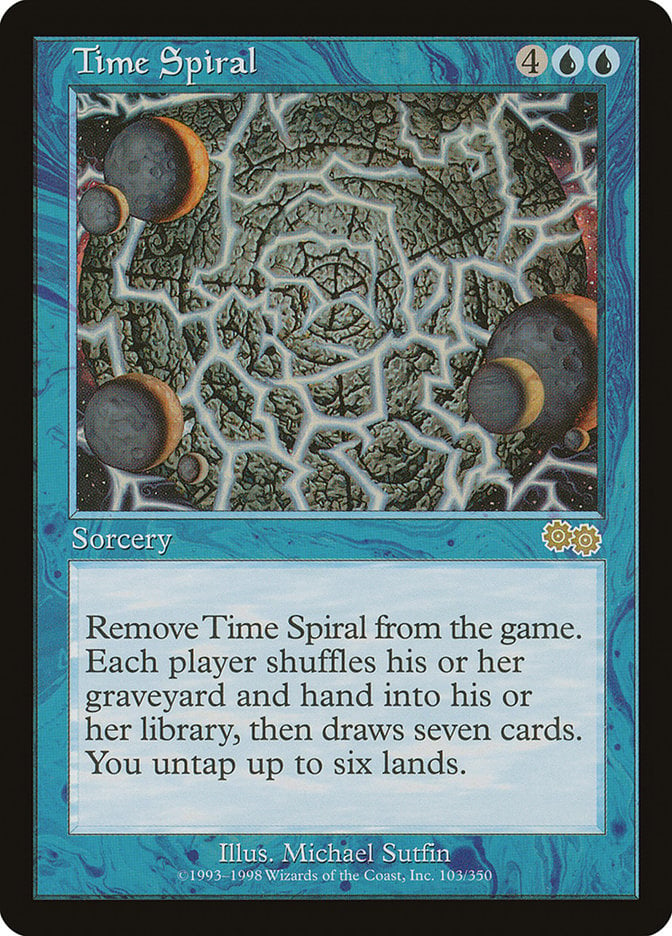
Time Spiral highlights the joke about Mark Rosewater’s tendency to “fix” classic Magic cards by making new versions that end up being just as broken. It’s supposedly the fixed Timetwister, though you’ll forgive my skepticism.
#17. Wheel of Fortune
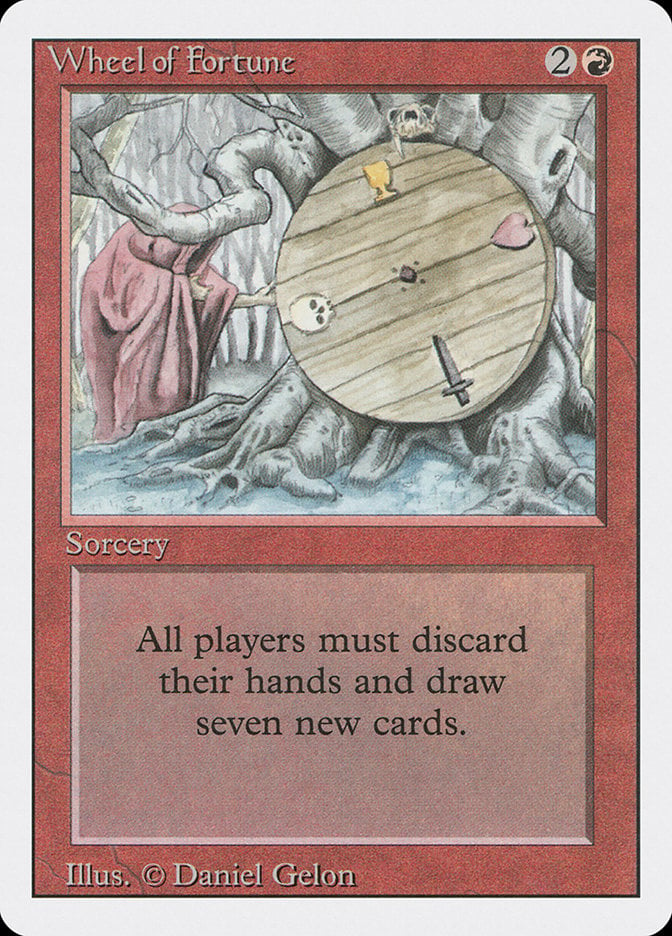
Another draw-7 eh? Wheel of Fortune is the original Alpha wheel effect and the card that lends its name to this type of effect. It’s arguably better than Timetwister since it fills your graveyard, and red doesn’t have the raw card advantage that blue does.
#16. Natural Order

The philosophy of Natural Order seeks to explain nature’s authority over worldly matters in the absence of law, which is appropriate because this is truly a lawless card. It’s remarkably similar to Tinker insofar as cheating big things into play goes. Just a little greener.
#15. Upheaval

Pick ‘em up y’all! And by ‘em I mean everything. Don’t forget the lands. Upheaval is about as close to an actual reset as you can get. Fair, symmetrical, and balanced… except for the part where you float a bunch of mana and recast your spells before your opponents take their turns. Worldpurge was a second much safer, much worse attempt at this effect.
#14. Jeska’s Will
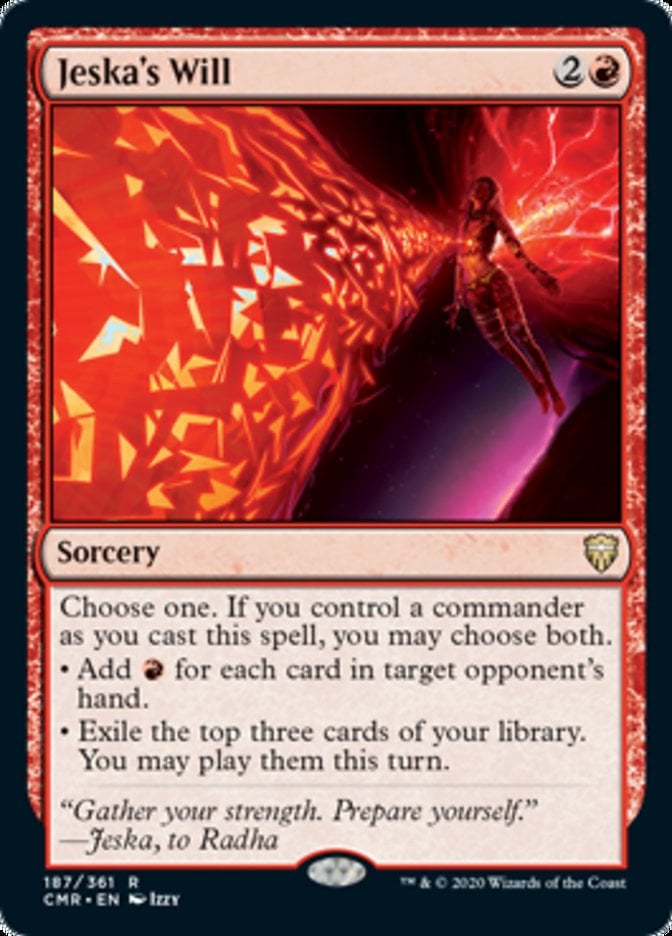
Jeska's Will accelerates its caster way ahead of where they should be on turn 3. It’s a comical hybrid of Seething Song and Act on Impulse hiding behind the guise of being pushed because it was intended for Commander. It’s not remotely balanced, and that bears out in gameplay.
#13. Expropriate

I’ve already ranted about Expropriate, so I’ll spare you the gory details and leave you with two notes. First, it’s a 9-mana spell that wins in the worst possible fashion (multiple extra turns). Second, always vote money.
#12. Living Death
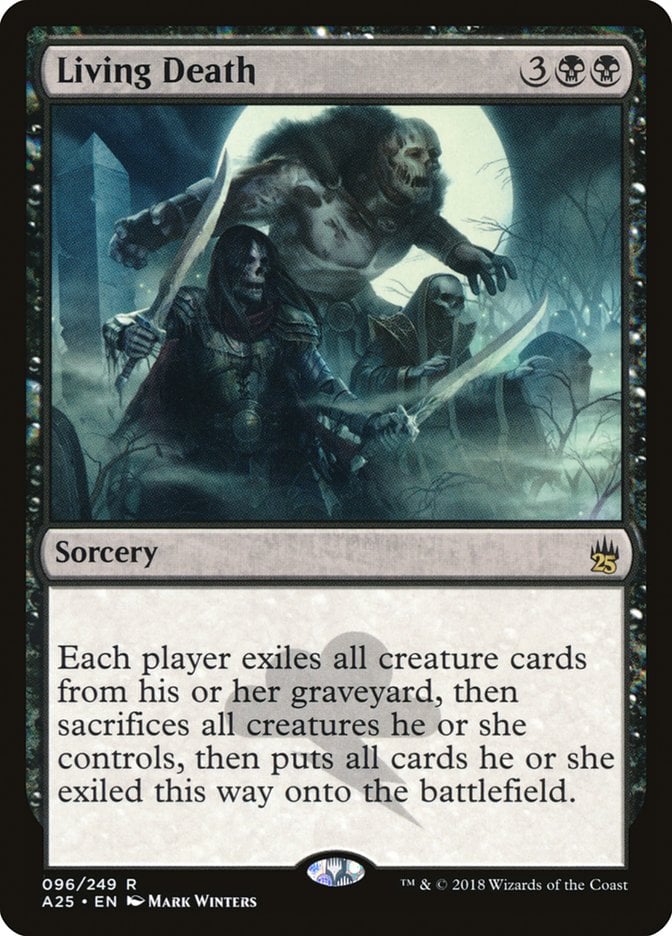
Living Death is as cheap as full-graveyard reanimation gets, at the cost of being a symmetrical effect. Decks running this should be in the best position to use it though. I flirted with the idea of including the suspendified Living End version, but that’s more of an archetype-specific card than a universally playable sorcery.
#11. Forth Eorlingas!
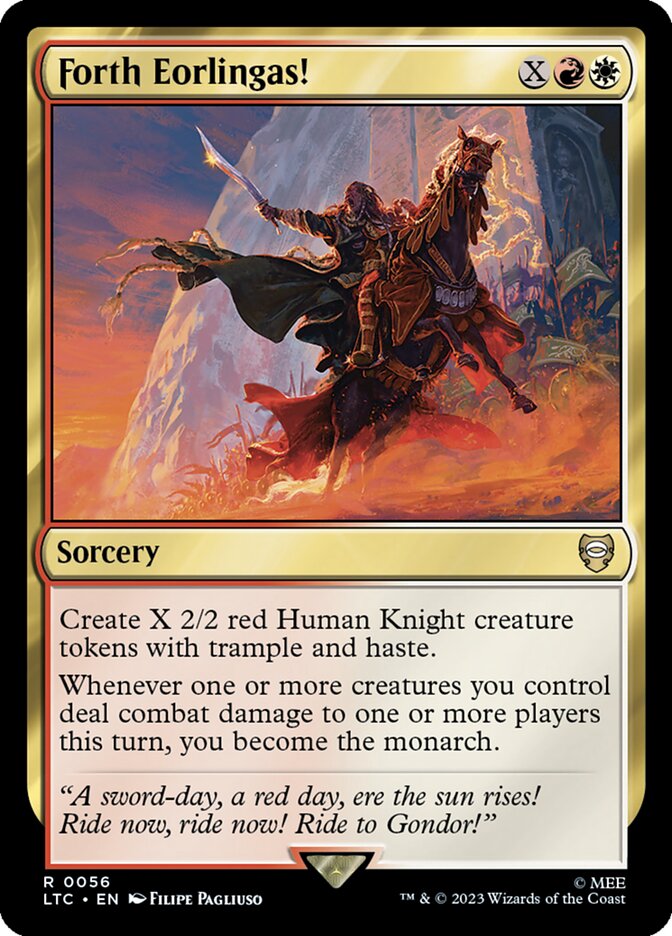
When did Boros () get so good? Forth Eorlingas! is a monarch card draw engine, token-generator, Fireball, knight/human spell and X spell all in one. It’s probably the best Boros card ever printed, and definitely the best card in Magic with punctuation in its name.
#10. Thoughtseize
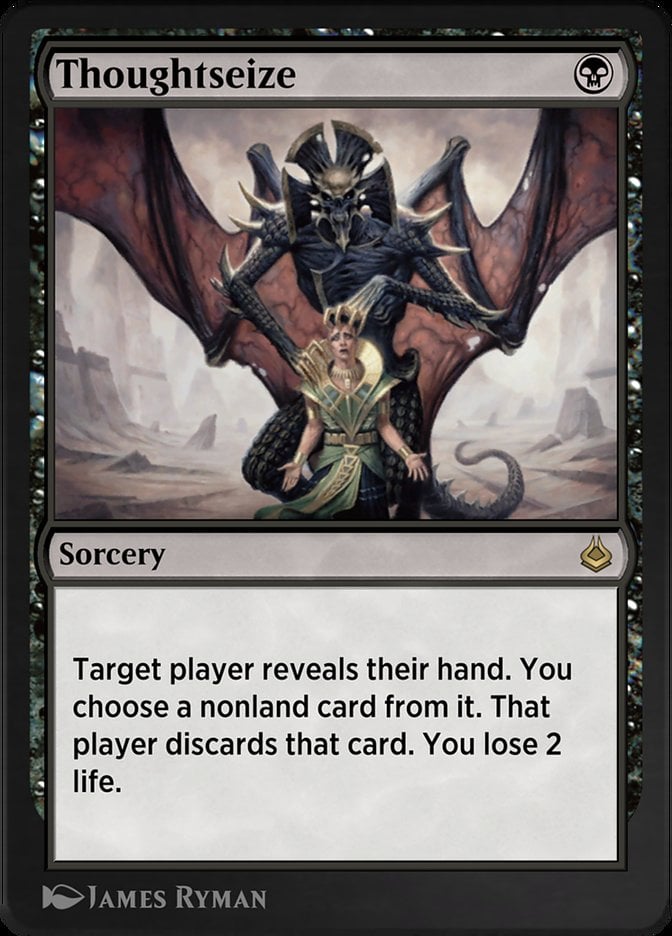
The muddling of formats makes talking about Thoughtseize dicey. It’s a Constructed all-star, but actively weak in Commander. Still, it’s the pinnacle of single-card hand disruption and it’s been a serious roleplayer in every Constructed format it’s ever been legal in. Black excels at hand disruption, and Thoughtseize is one of the best versions of it.
#9. Timetwister
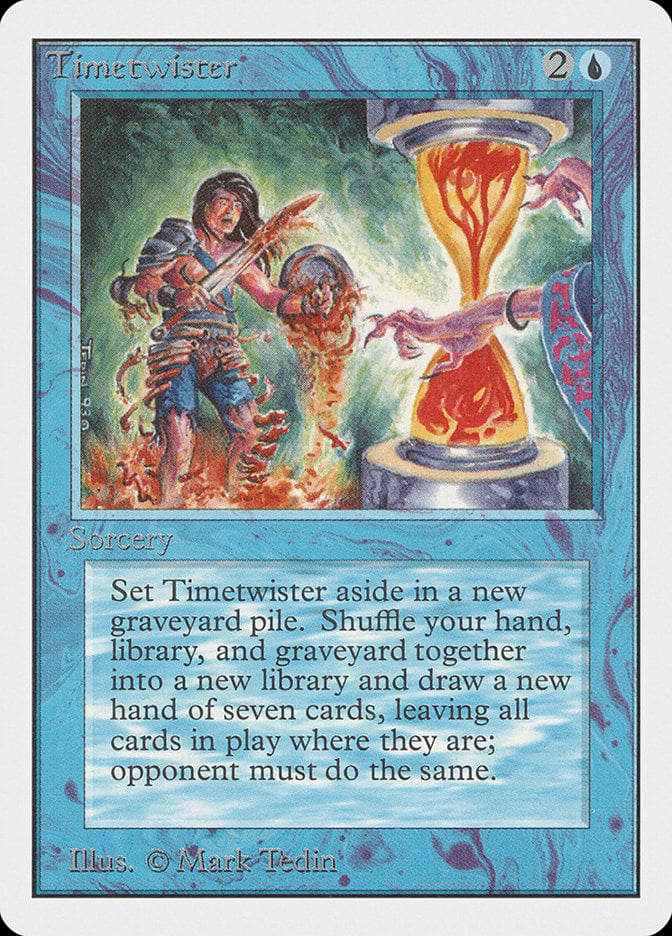
I’ve said it before, and I’ll say it again: Timetwister doesn’t deserve Power 9 status. Either swap it for Sol Ring or let’s start calling this thing the Power 10. It’s immensely powerful, but a clear notch below Time Walk and Ancestral Recall. It does have the distinction of being the only *ahem* Power 9 card legal in Commander, if you’ve got a cool $4,000 to buy one.
#8. Tinker
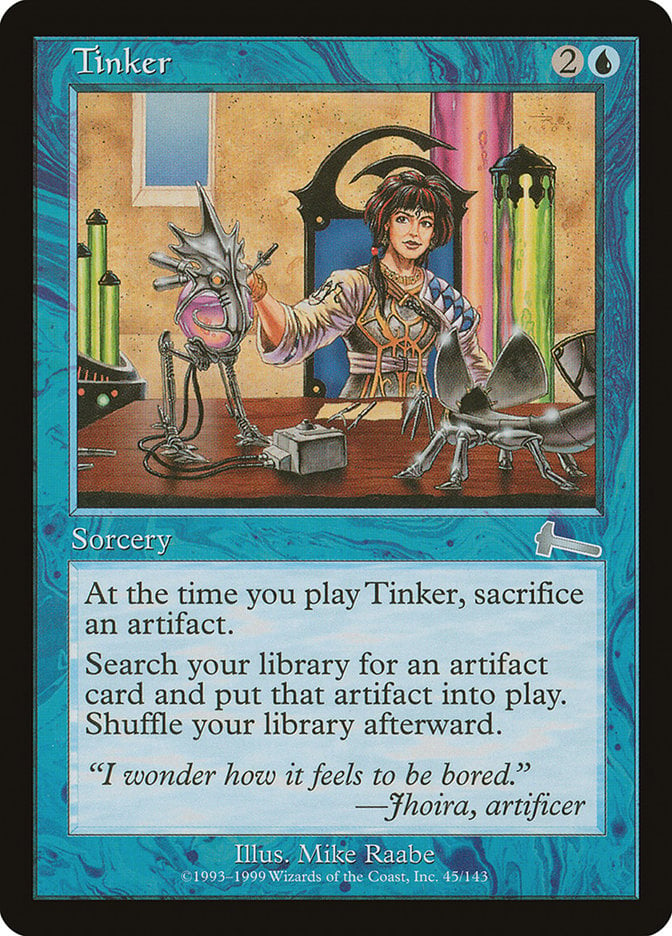
Tinker’s a classic example of a cost and effect not quite lining up. Sacrificing an artifact is trivially easy, and the reward is bringing any artifact from your library straight into play. It’s like bringing a roll of quarters to a restaurant and they just give you the entire building in exchange. It’s restricted in Vintage and banned everywhere else but personalized Cube formats.
#7. Mind Twist
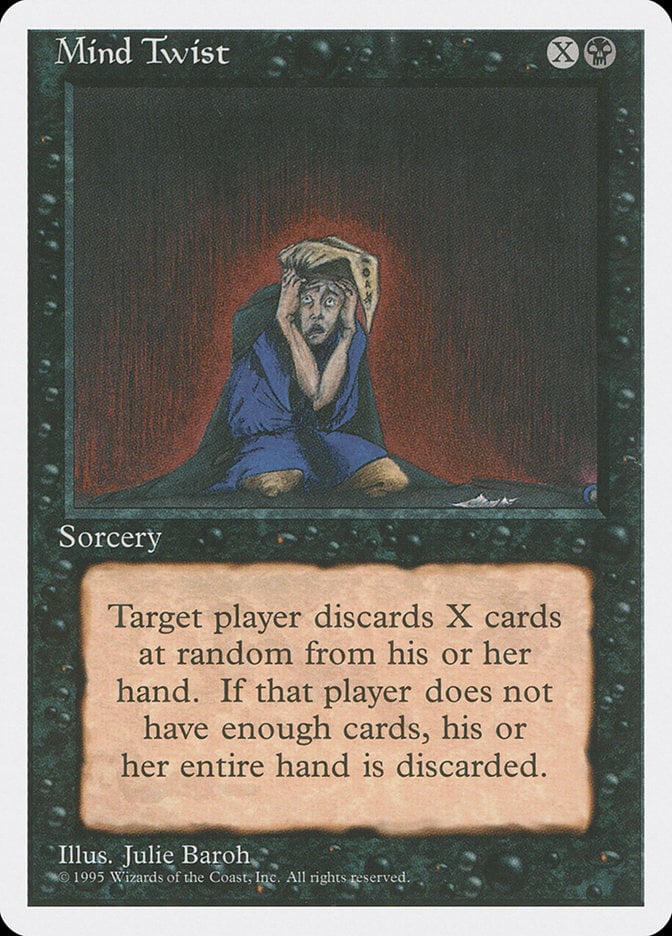
Wouldn’t it be really cool if one player just didn’t start with any cards in their hand? That’s what it feels like when someone Mind Twists you. Early Magic had so many miserable cards like this, it’s a wonder we’re even here talking about it.
#6. Reanimate
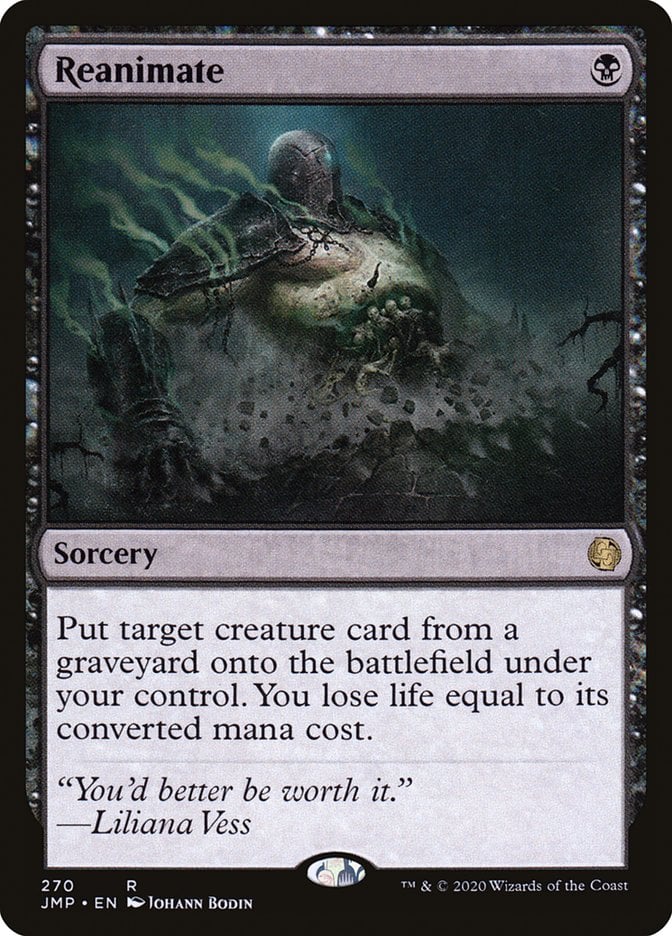
“Back in my day we only paid 1 mana to Reanimate a creature.” Alright grandma. Let’s get you to bed. It’s the same Tinker design issue, where the cost isn’t appropriate for the reward you get. The unholy glory of Reanimate is that it’s fine even without set-up. You can find pockets where you can return something good without having to actively fill your graveyard.
#5. Balance
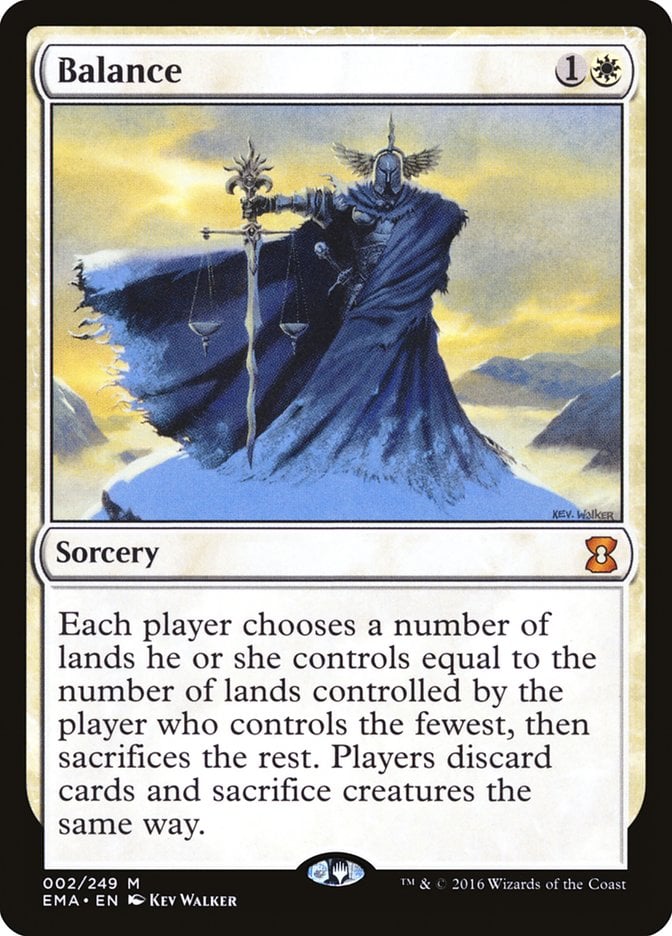
Balance is aptly named in function but completely misleading in practice. It’s supposed to equalize the game, but it’s so easy to break parity with artifact mana that it ends up being one-sided much more often. It has the scapegoat line of being a 2-mana wrath in decks that don’t put creatures on board, and it has built-in Mind Twist and Armageddon modes. You know something’s up when I mention two other cards on this list to describe Balance.
#4. Channel
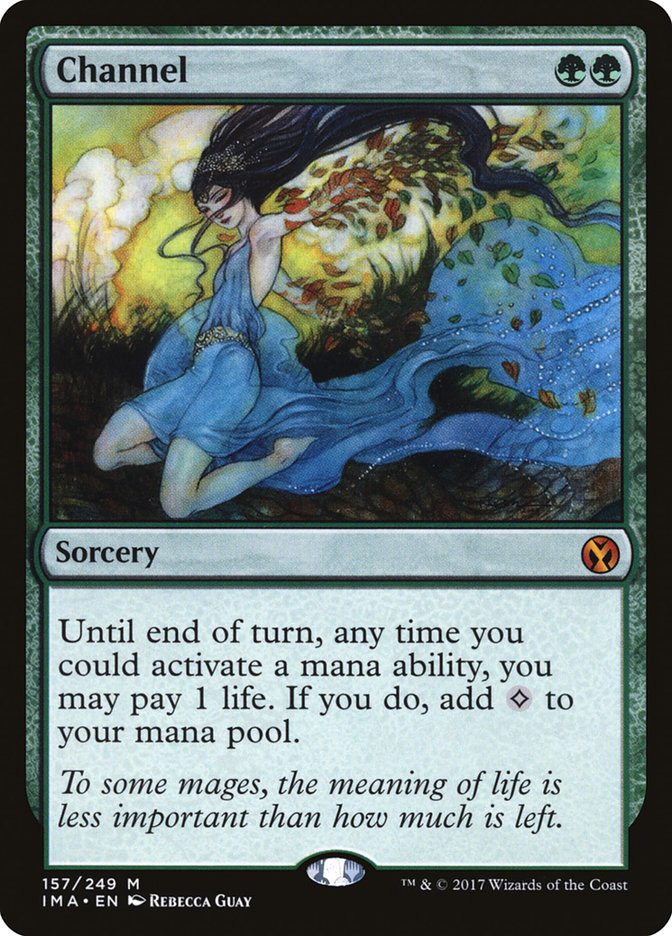
Early Magic was in a wildly different headspace. Channel converts your most expendable resource into your most valuable, making it one of the most blatantly “cracked” cards in Magic history. We’re all aware of early Channel-Fireball combos, but Channel-Wurmcoil Engine does the trick too. I guess CWE doesn’t have quite the same ring to it as CFB, eh?
#3. Demonic Tutor

Do you know what every card on this list has in common? They’re all easier to find and play when you have Demonic Tutor in your deck. Proactive or reactive, it finds anything you need, and I’ve happily used one just to find a land drop. It’s also a second functional copy of many key cards in a singleton deck, another data point that makes it the clear best sorcery-speed tutor in Magic.
#2. Time Walk
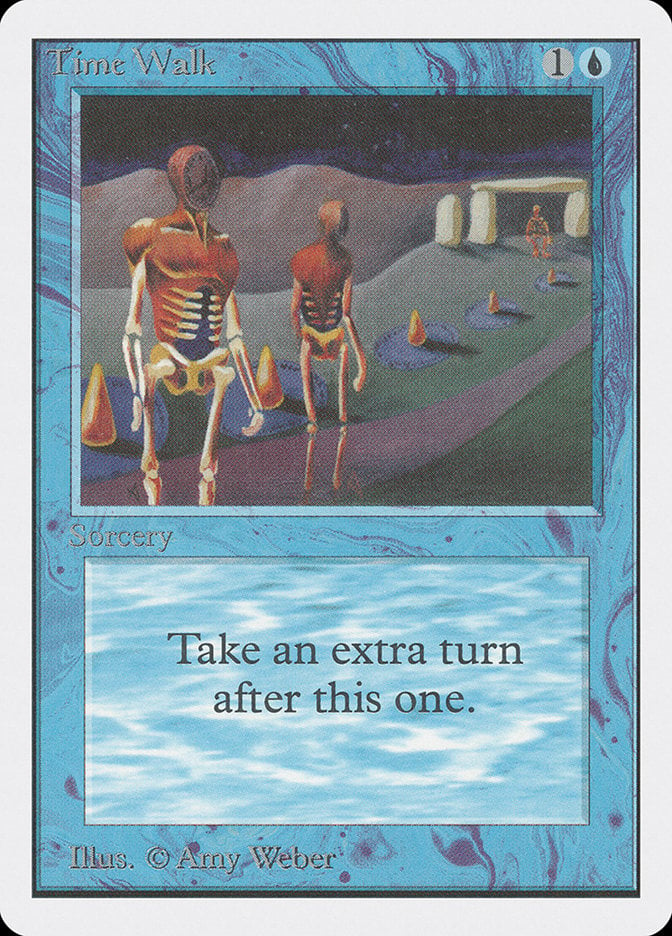
Time Walk, or Explore as it’s known to unlucky players, is power through-and-through. Temporal Trespass, Alrund's Epiphany, and Nexus of Fate all made marks on Constructed formats, but even the best runner-up is miles away from the concentrated efficiency of Time Walk.
#1. Contract from Below

Is it fair to give the top spot to a card that you literally can’t play in any sanctioned format? Contract from Below uses ante, the second worst mechanic ever (let’s be real, stickers are #1), and combines it with a 1-mana draw-7, which is hilariously unfair. Funnily enough, the Pokémon TCG had this same exact problem with the Professor Oak Trainer card. Throw in a misprinted artist credit and we’ve got an absolute trainwreck of a Magic card.
Best Sorcery Payoffs
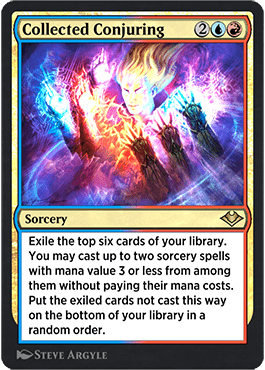
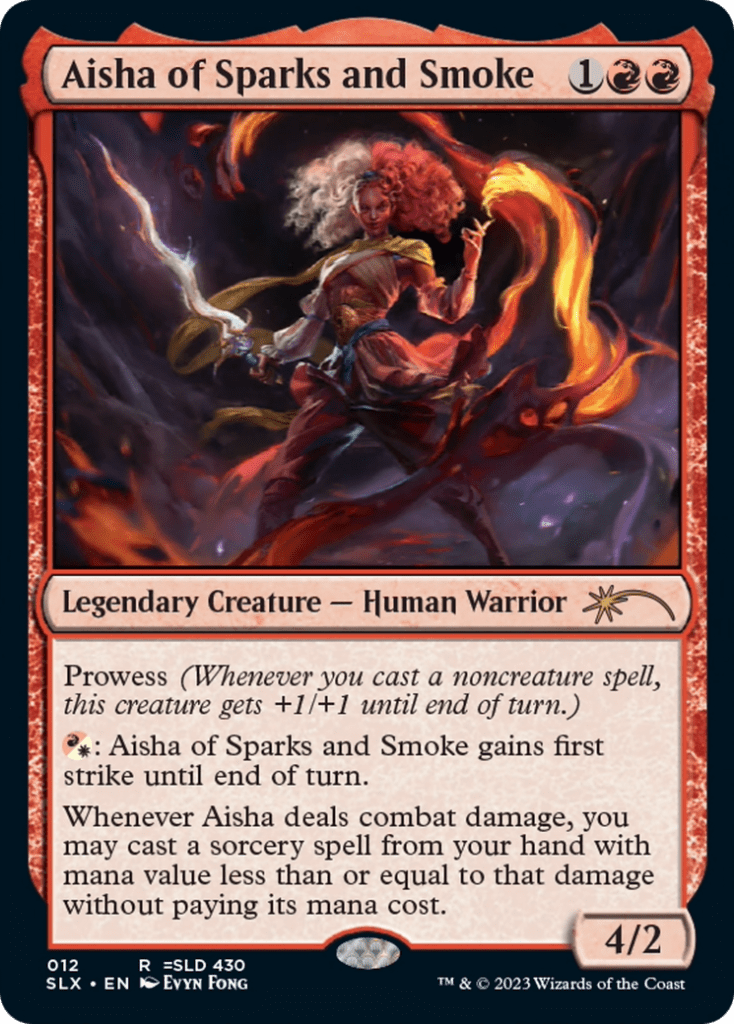
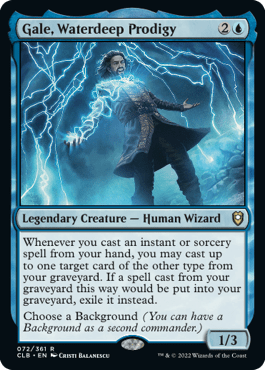
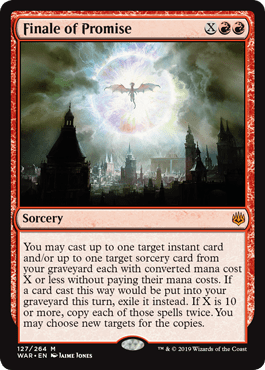
Spell-slinging themes are extremely popular for the Izzet () color pair, which often cares about instants and sorceries. Some cards like Collected Conjuring and Aisha of Sparks and Smoke only work with sorceries. Others incentivize you to include a healthy mix of the two. Gale, Waterdeep Prodigy and Finale of Promise are examples that want you to diversify your spell suite.
Cards like Atraxa, Grand Unifier, Tarmogoyf, Reconstruct History, and Aminatou's Augury increase in effectiveness the more card types you have access to, so including a few sorceries helps unlock these cards’ fullest potentials. The same goes for delirium cards like Grim Flayer, where a single sorcery in the graveyard puts you closer to maximizing the card.
You often see powerful effects on sorceries that would have to be way more expensive to make sense on an instant. Think wraths and hand disruption. Breaking the timing restriction on sorceries makes them significantly more powerful. Look for ways to grant your spells flash so you can be more reactive with your wraths, overruns, and other sorcery-speed effects. Quicken, Teferi, Time Raveler, and Tidal Barracuda all break the timing restriction open for sorceries and let them operate at instant speed.
When Can You Use a Sorcery?
You can cast a sorcery during your own main phases when the stack is empty.
Sometimes the effect of another card instructs you to cast a sorcery when you normally wouldn’t be able to. You can ignore the usual timing restriction if the effect in question allows you to cast that spell immediately. Similar effects with a duration attached usually won’t let you do so. For example, you can always cast a sorcery with Chaos Wand, but Snapcaster Mage won’t let you cast sorceries on an opponent’s turn.
What Is Sorcery Speed?
“Speed” is a slang term used to describe timing restrictions on different types of cards. “Sorcery speed” refers to cards and abilities that can only be cast during your main phase while the stack is empty. This obviously includes sorceries, but most permanents can only be cast/played at sorcery speed.
The opposite is “instant speed,” which refers to anything that could be cast at any point you have priority. Instants and flash permanents operate at “instant speed,” as do activated abilities that don’t say otherwise.
What Is the Difference Between Instant and Sorcery?
The only real difference between instants and sorceries is the timing on when you can cast them. They’re both card types that have an effect then go to the graveyard after resolution. Sorceries are more restrictive since they can only be cast during your main phases, whereas instants are generally better since there are more opportunities at which you can play them.
Can a Sorcery have Flash?
Some effects can grant a sorcery flash, which basically “overrides” the sorcery-speed restriction and lets you play it as if it were an instant. It doesn’t actually become an instant; it just operates like one. Crashing Tide is an example of a sorcery that gains flash under the right conditions.
What Are Tribal Sorceries?
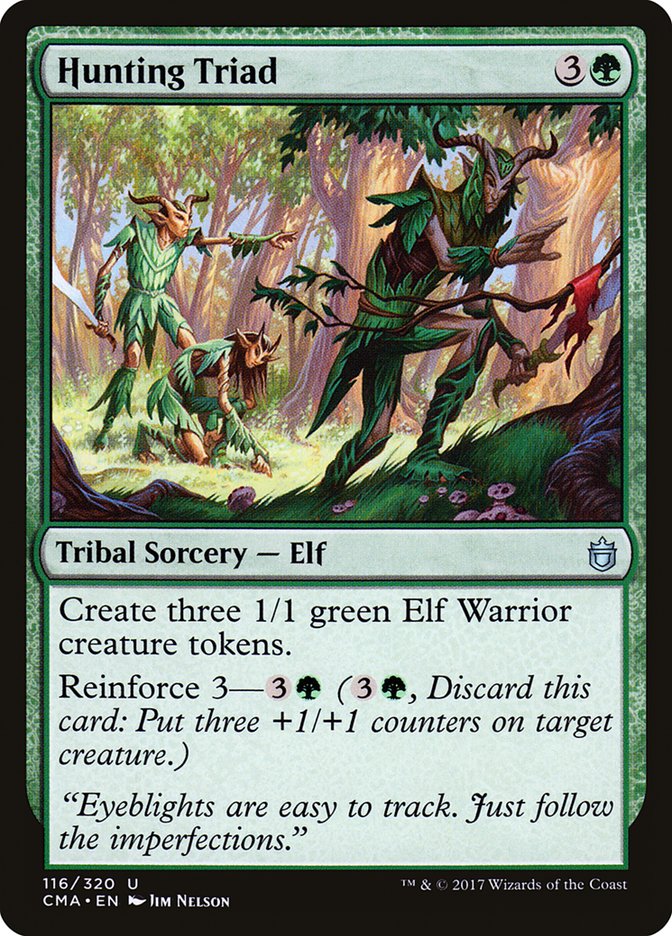
Tribal sorceries are spells with both “tribal” and “sorcery” in their type line. Tribal is a separate card type that allows a spell to interact with cards that care about a specific creature type. For example, Hunting Triad is an Elf Tribal Sorcery. It operates under all the same conditions as a normal sorcery, but it also interacts with cards that check for the elf creature type, like Leaf-Crowned Visionary.
Let’s Rest for a Spell
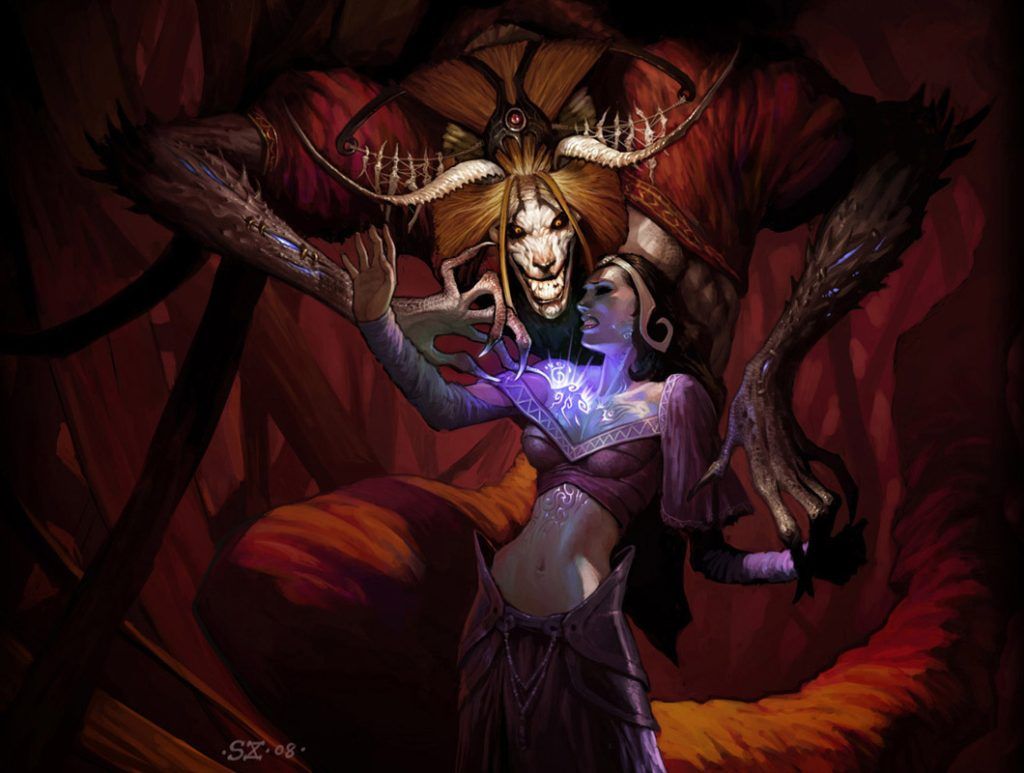
Demonic Tutor | Illustration by Scott Chou
Well, that was a lot. I like to joke that players prefer instants to sorceries so much that if the average player designed Magic cards, there would only be instants and creatures with flash. But the concept of sorceries is a great balancing tool that gives R&D some flexibility in the way they design cards. That doesn’t mean they didn’t get away with printing some of the most ridiculously overpowered cards of all time.
Remember the ordering of this list isn’t exactly scientific, and with almost 3,000 sorceries in print, I’m bound to have missed someone’s favorite. Is there something I’m leaving off the list? Perhaps there’s one that doesn’t deserve its spot? Let me know in the comments below or over in the Draftsim Discord.
Thank you for making Draftsim your #1 stop for all things Magic!
Follow Draftsim for awesome articles and set updates: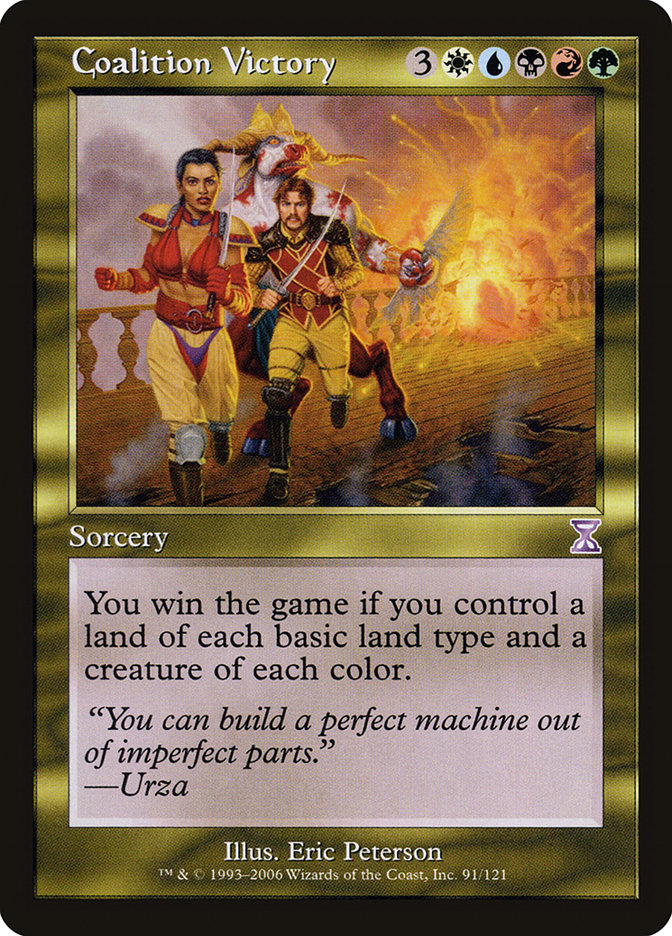
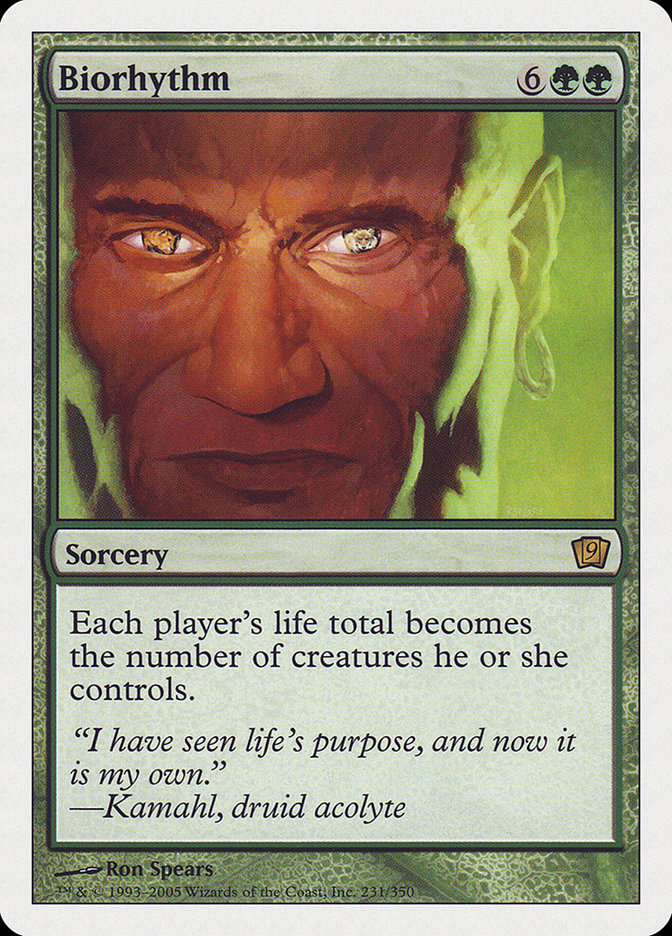

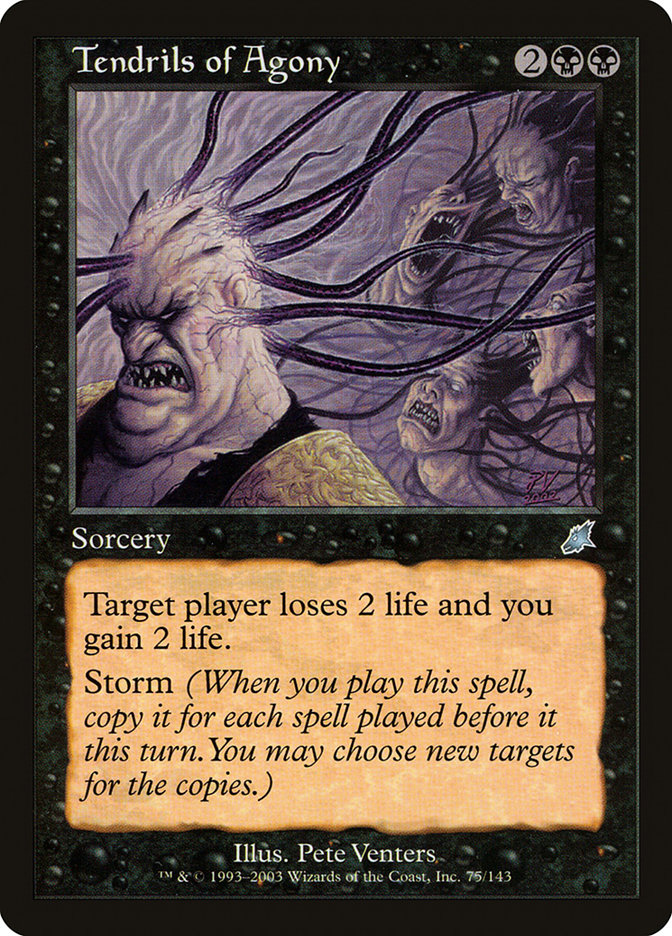
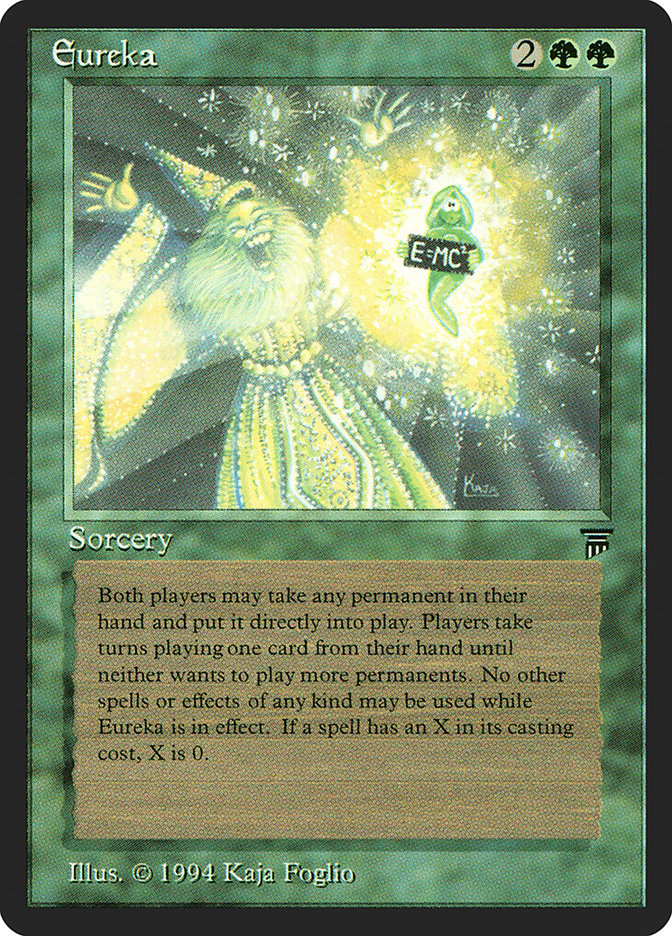
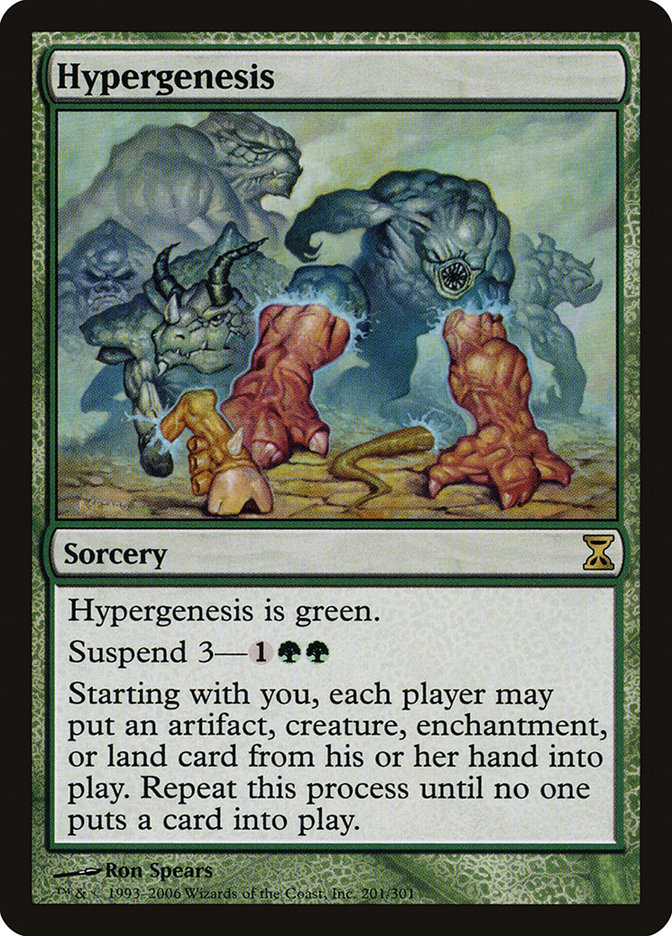
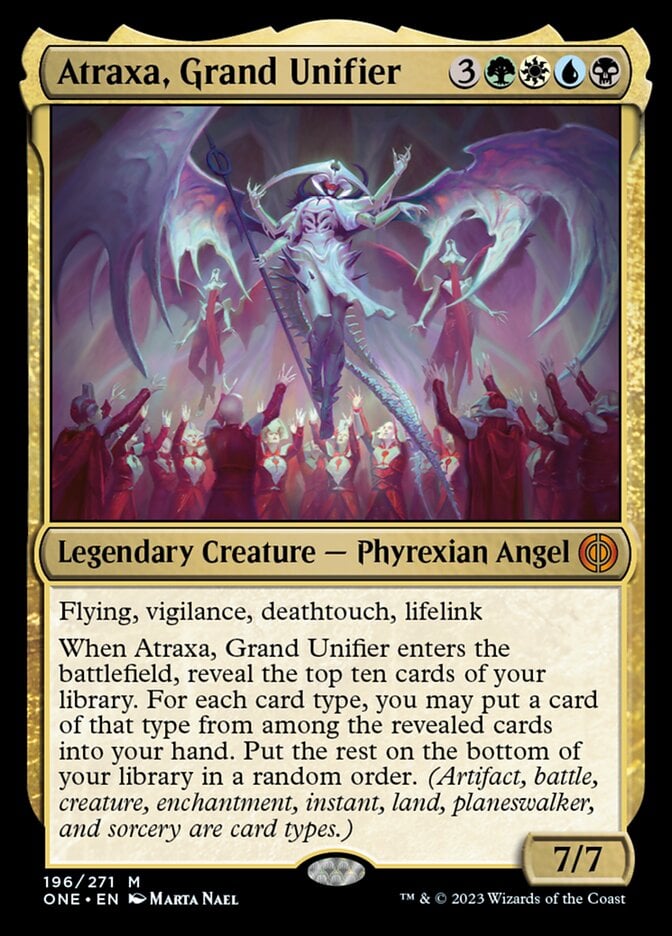
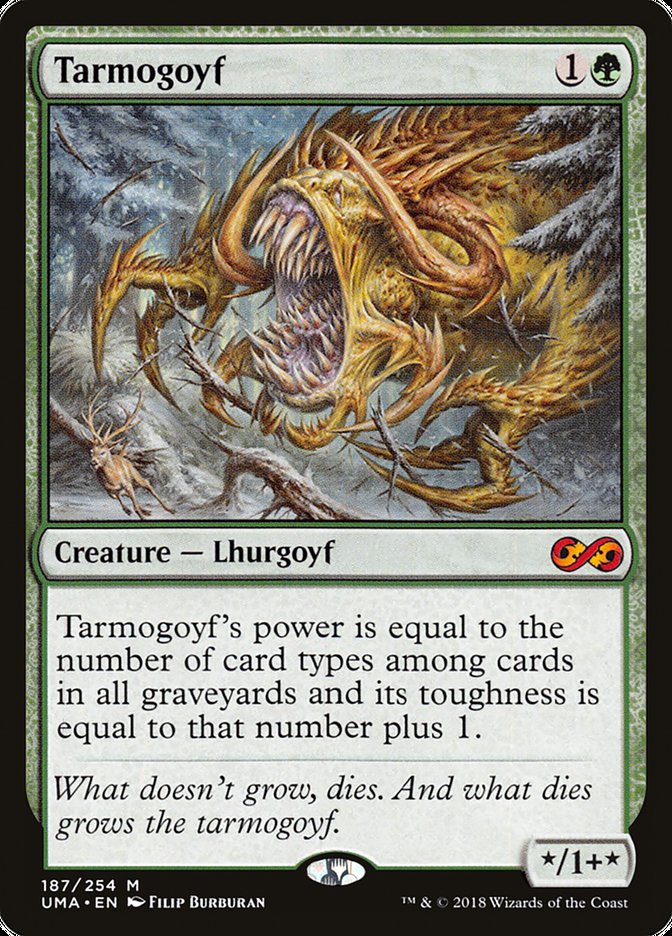
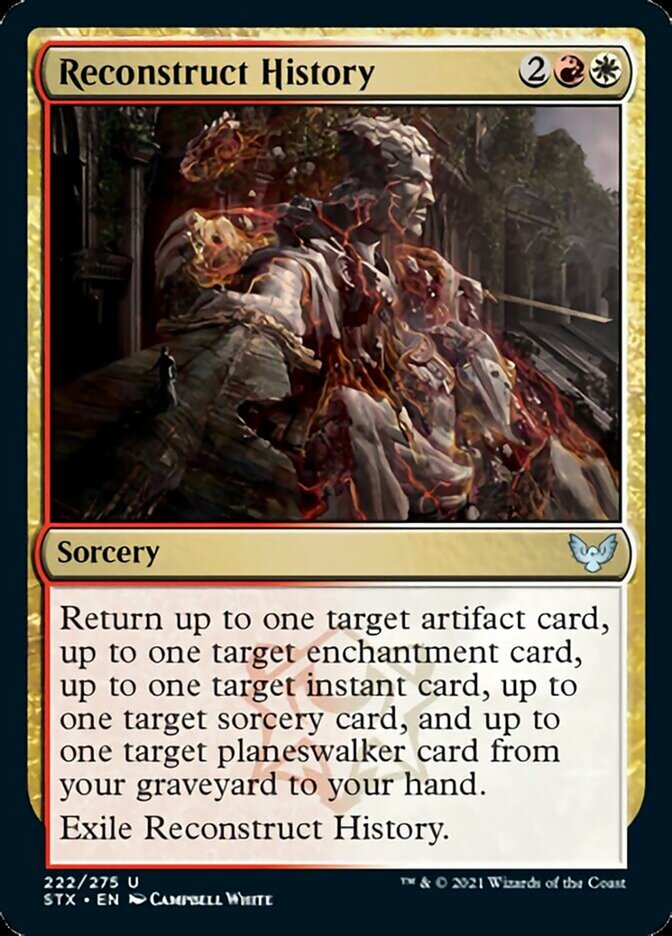
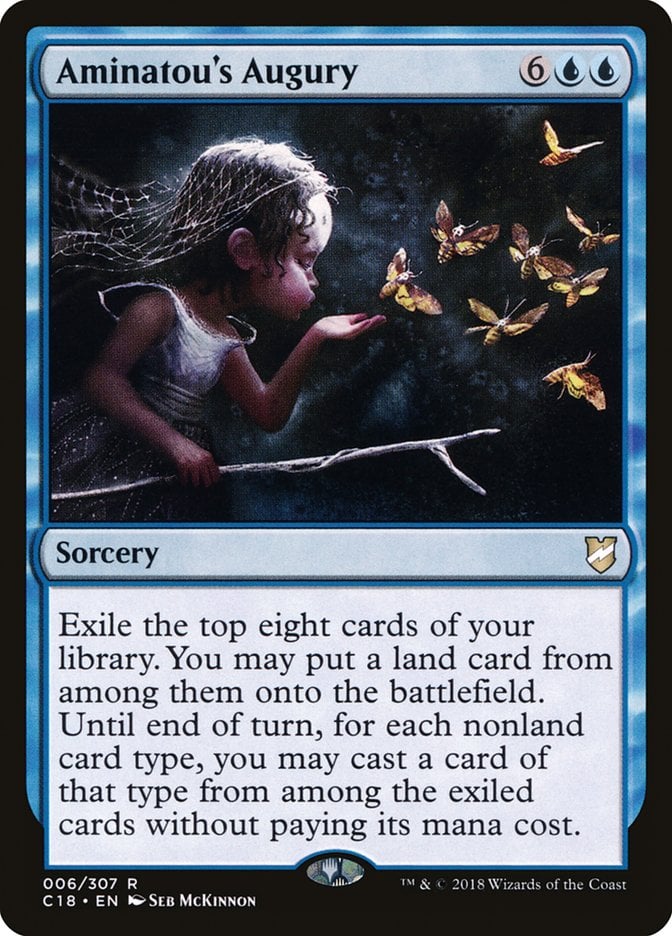

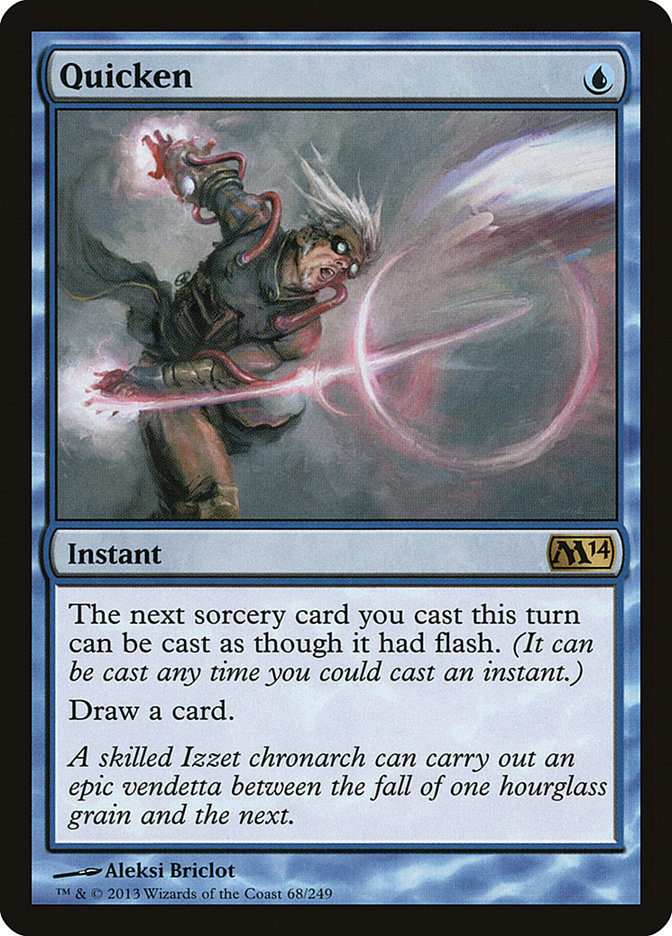
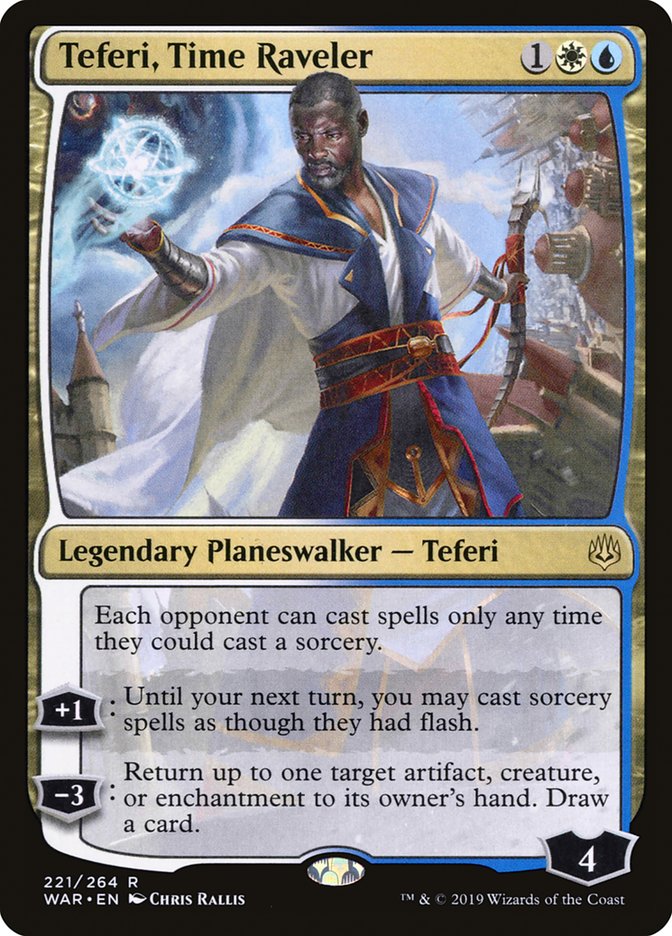
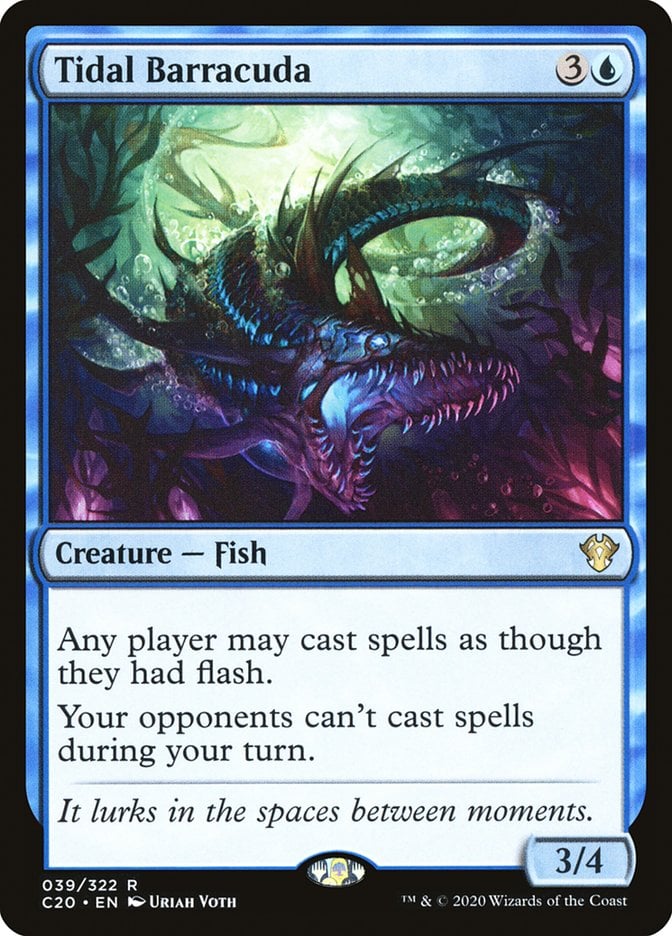

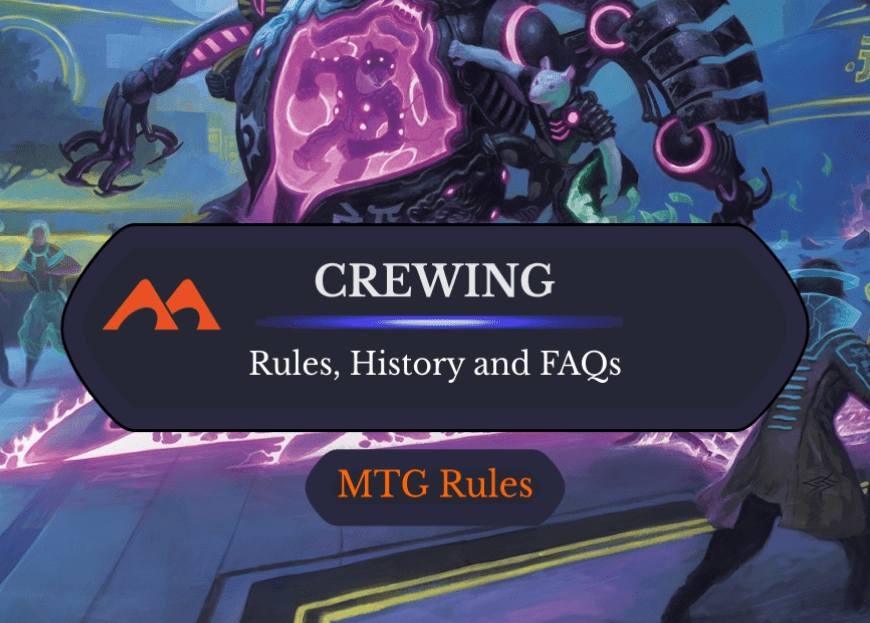
Add Comment